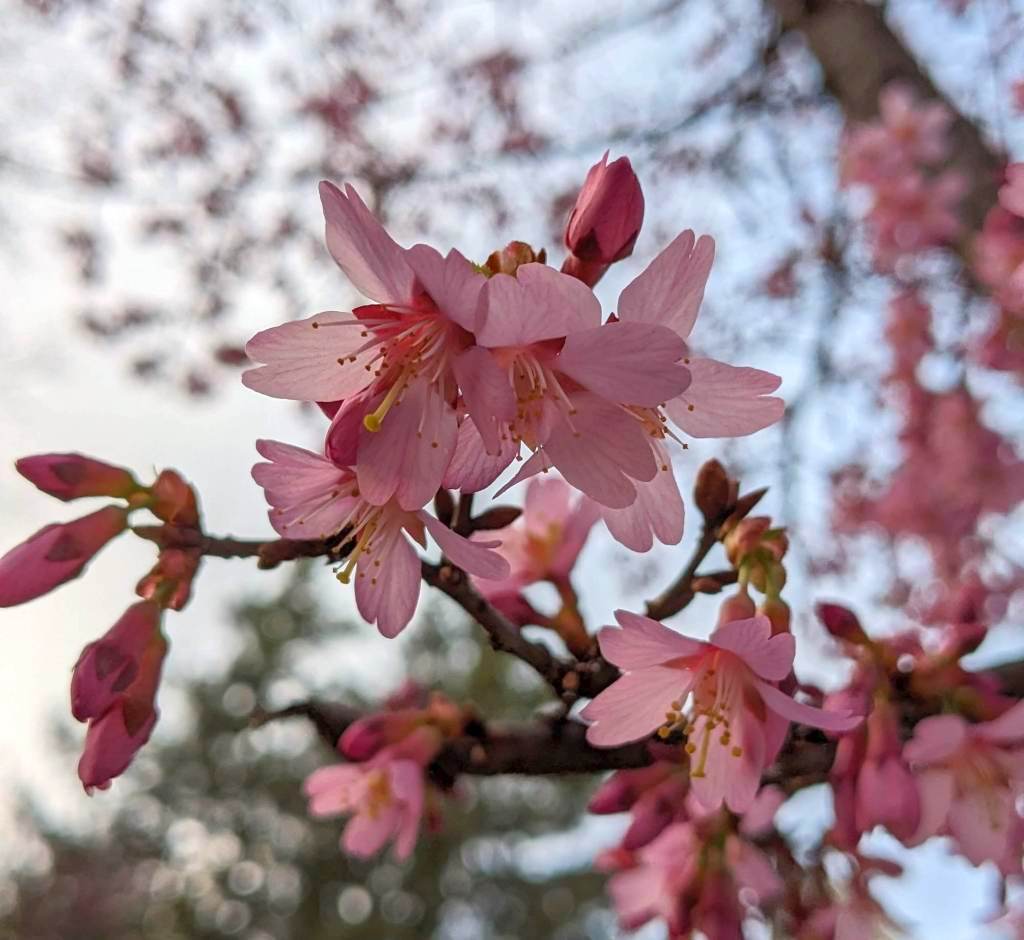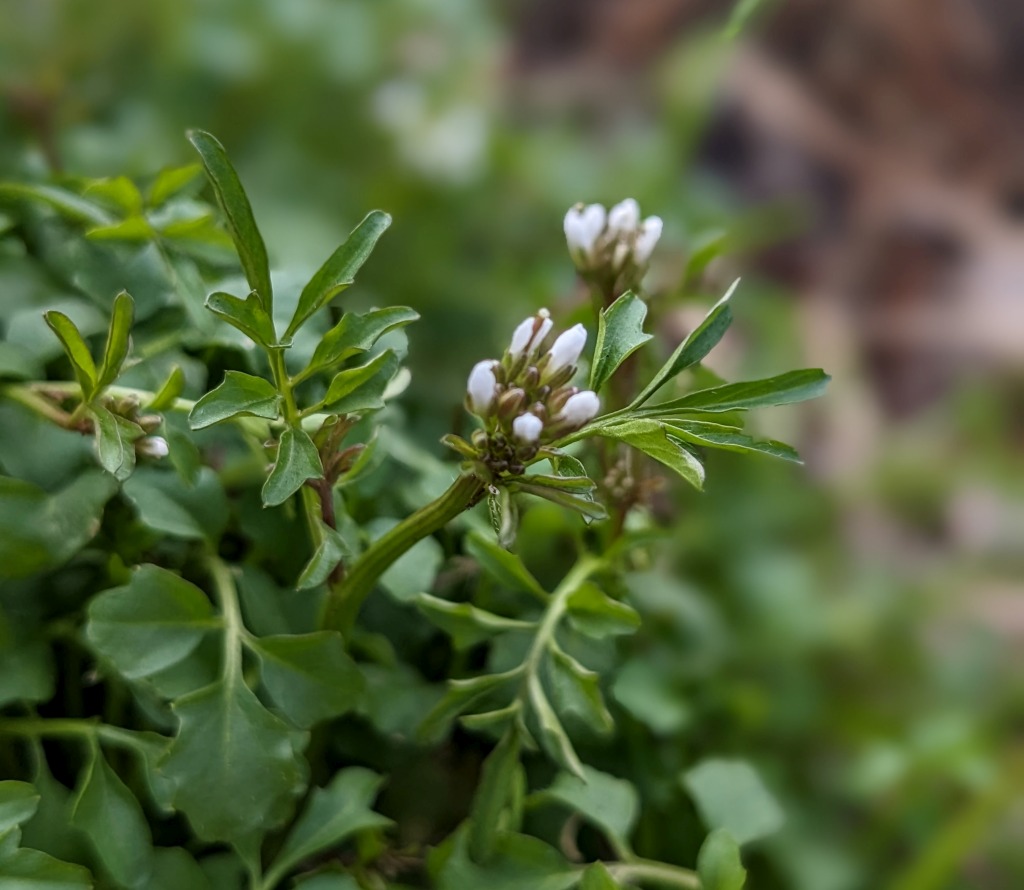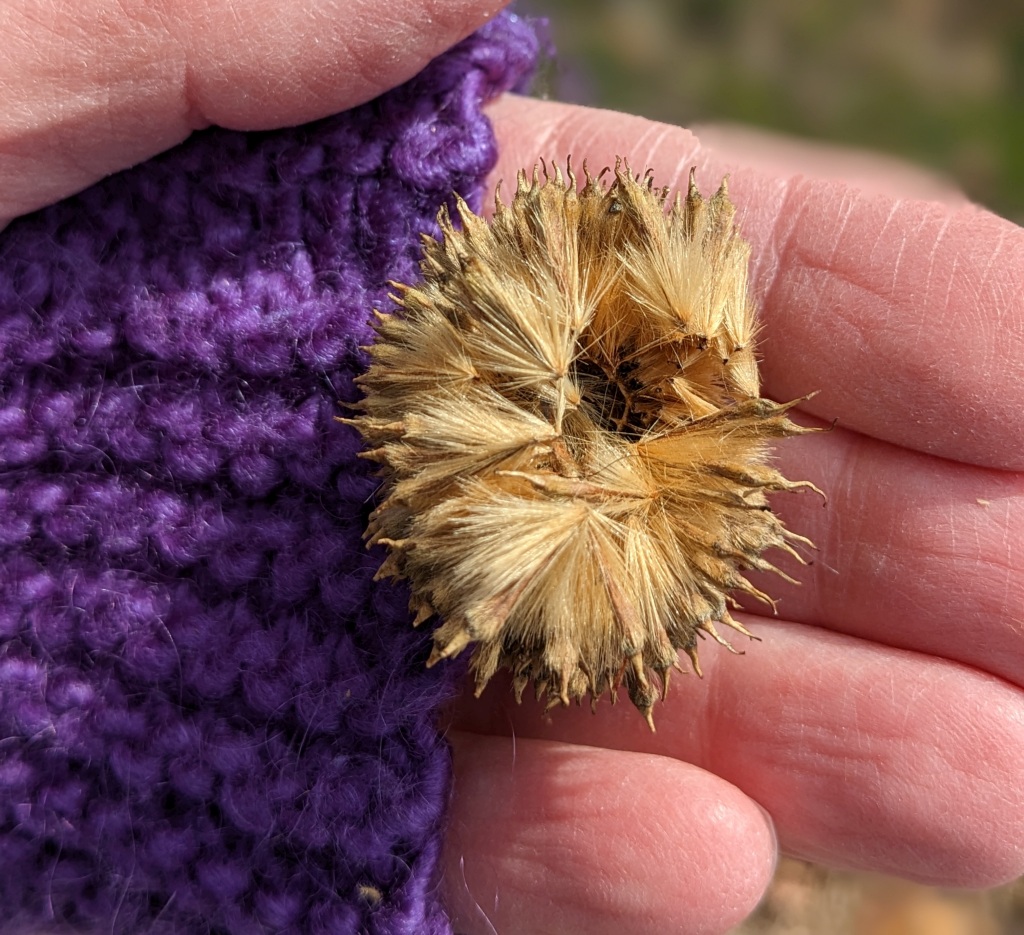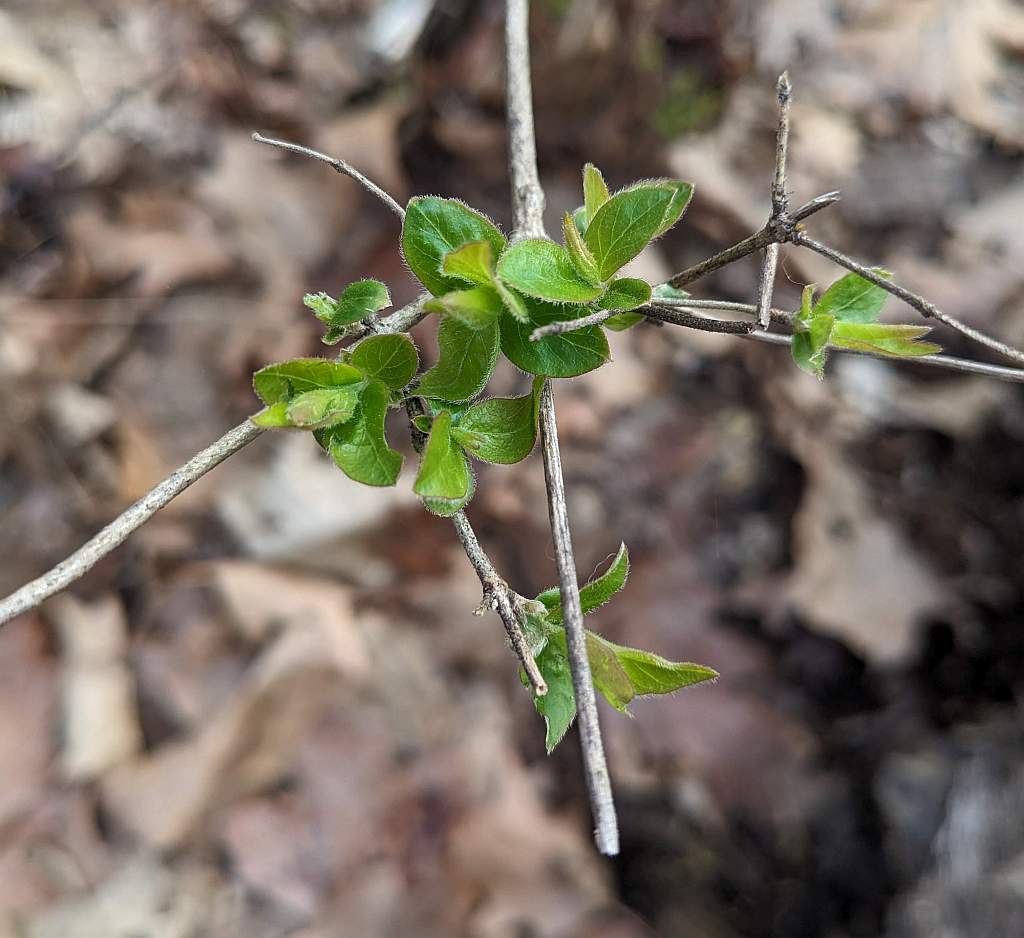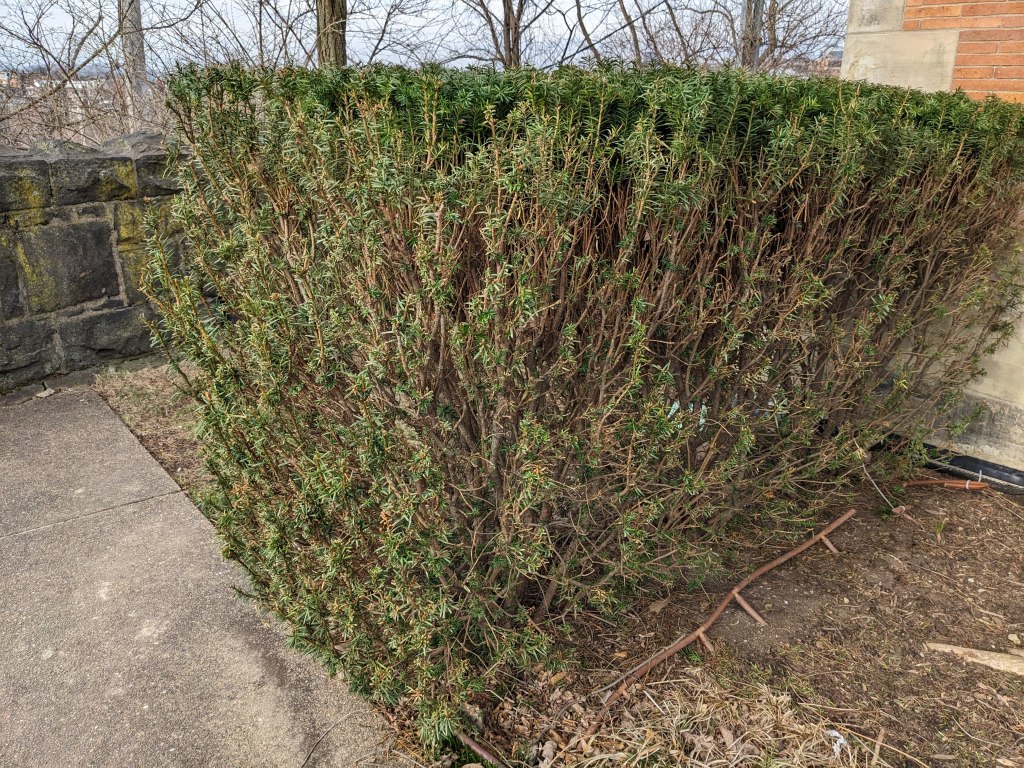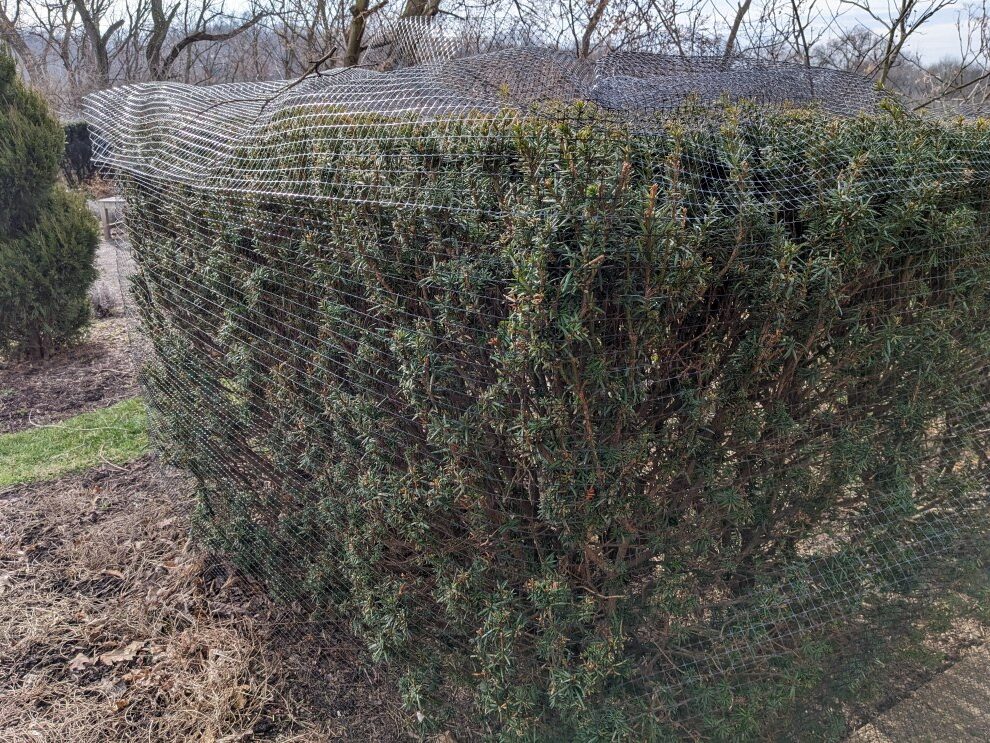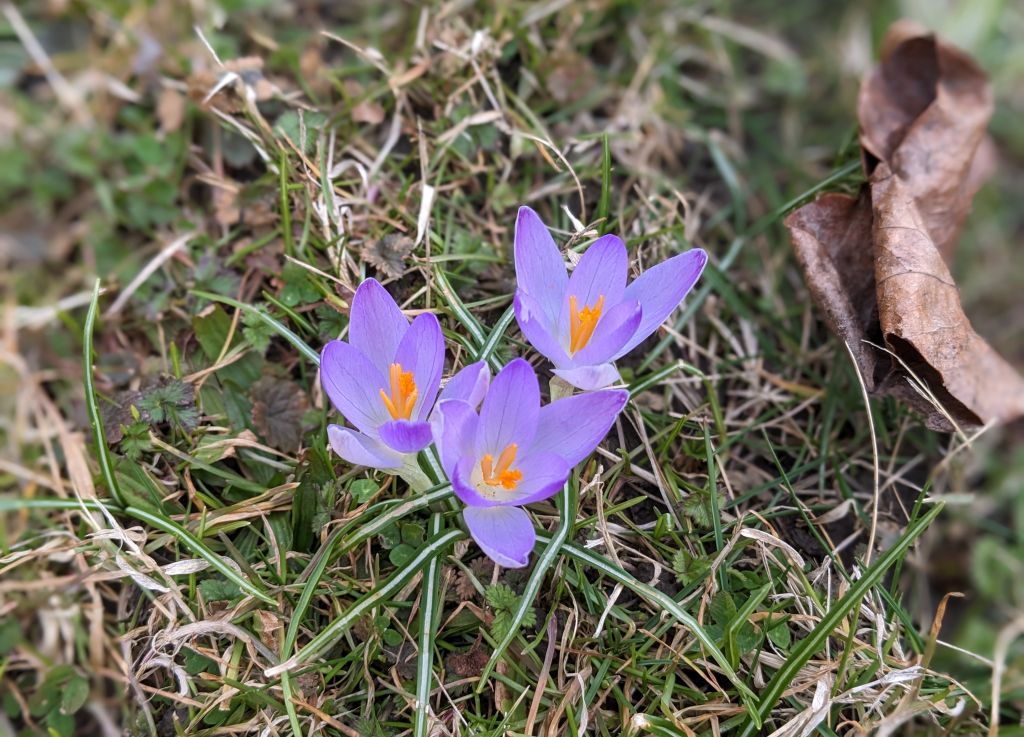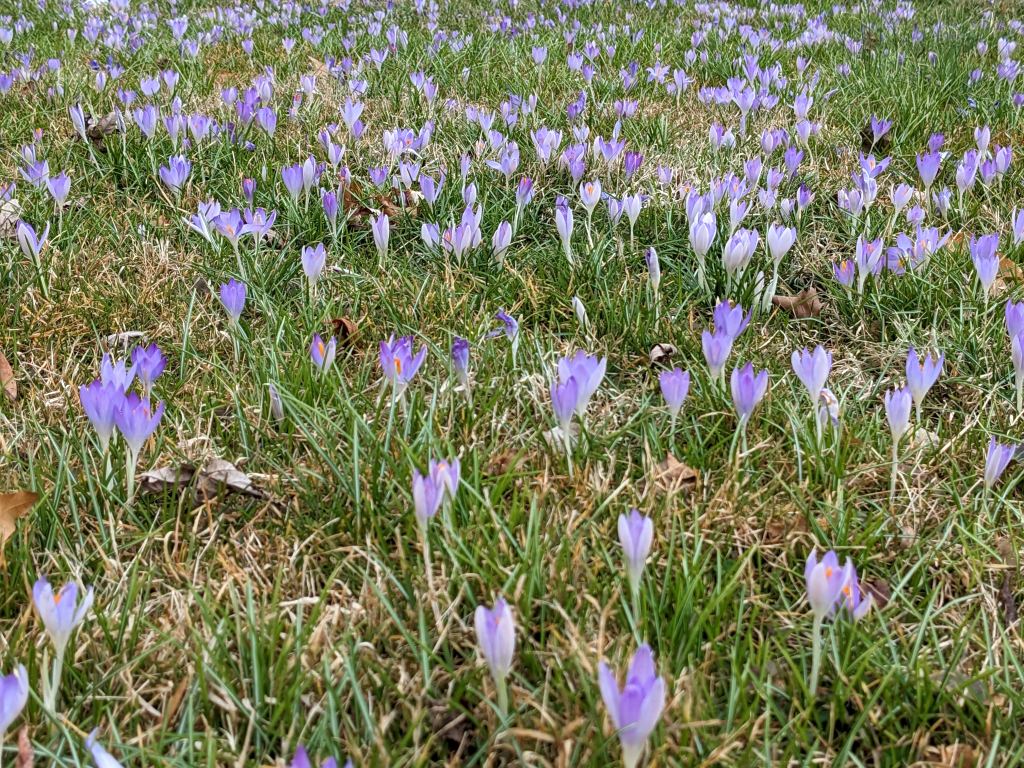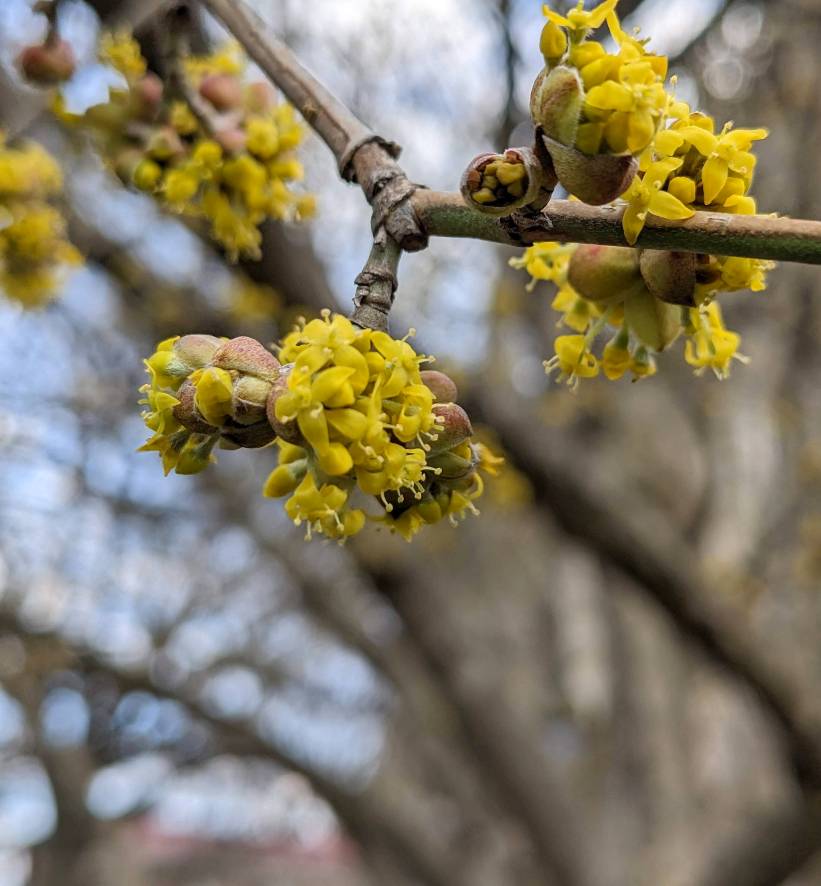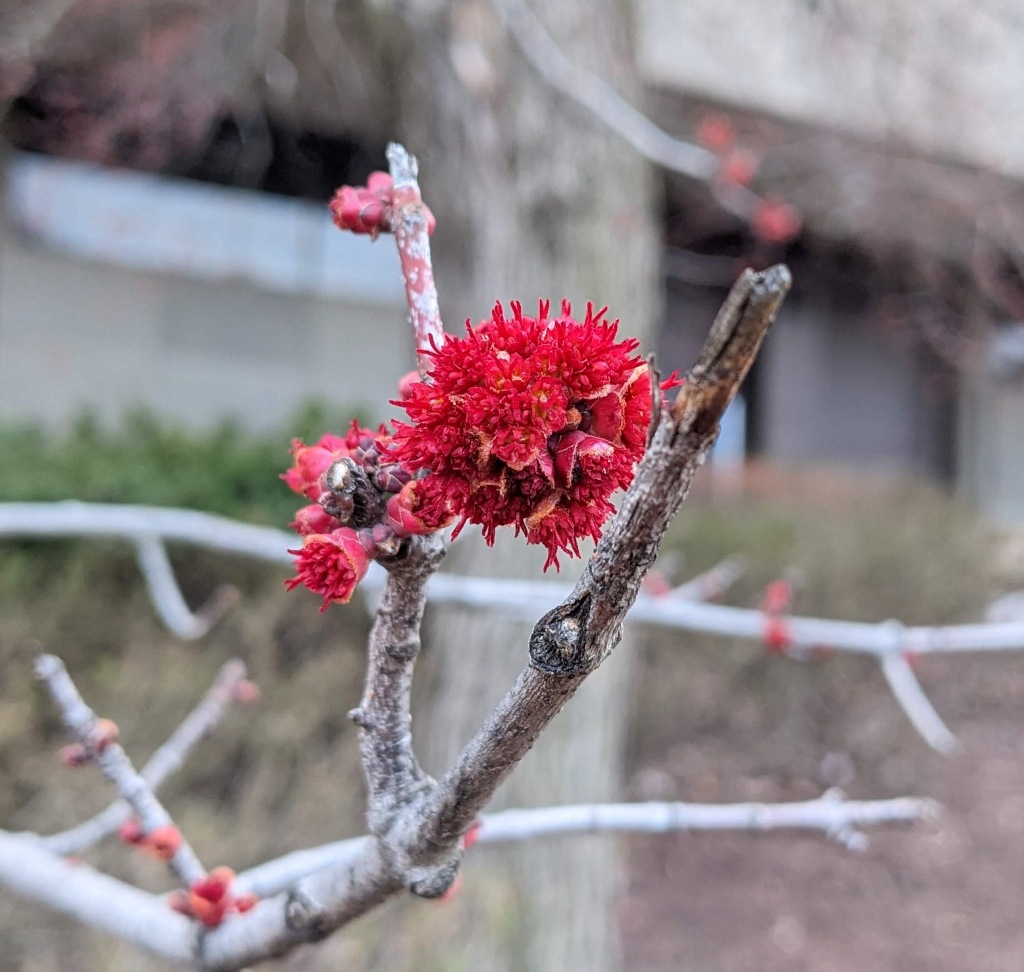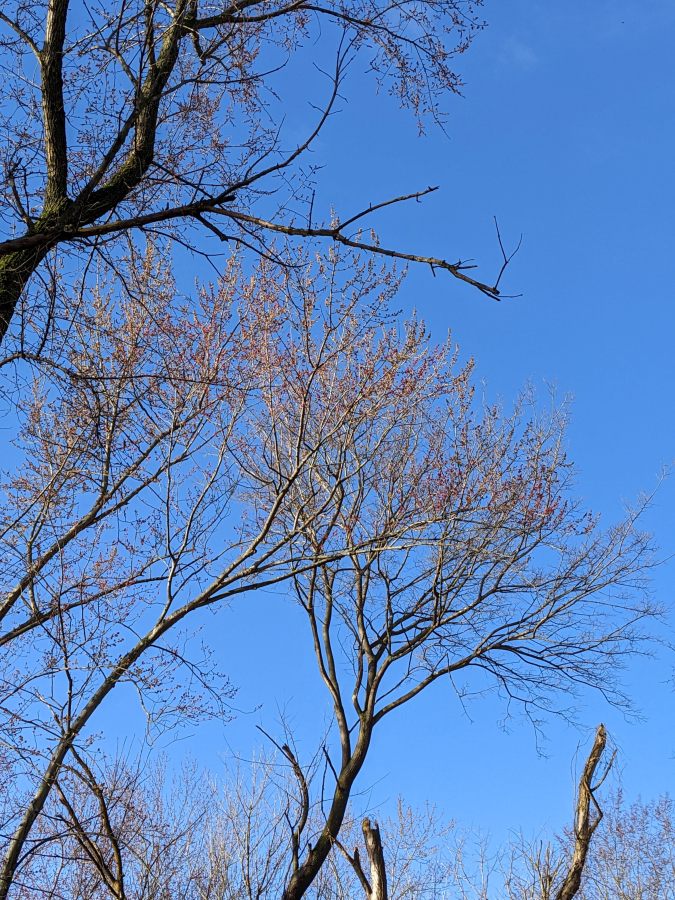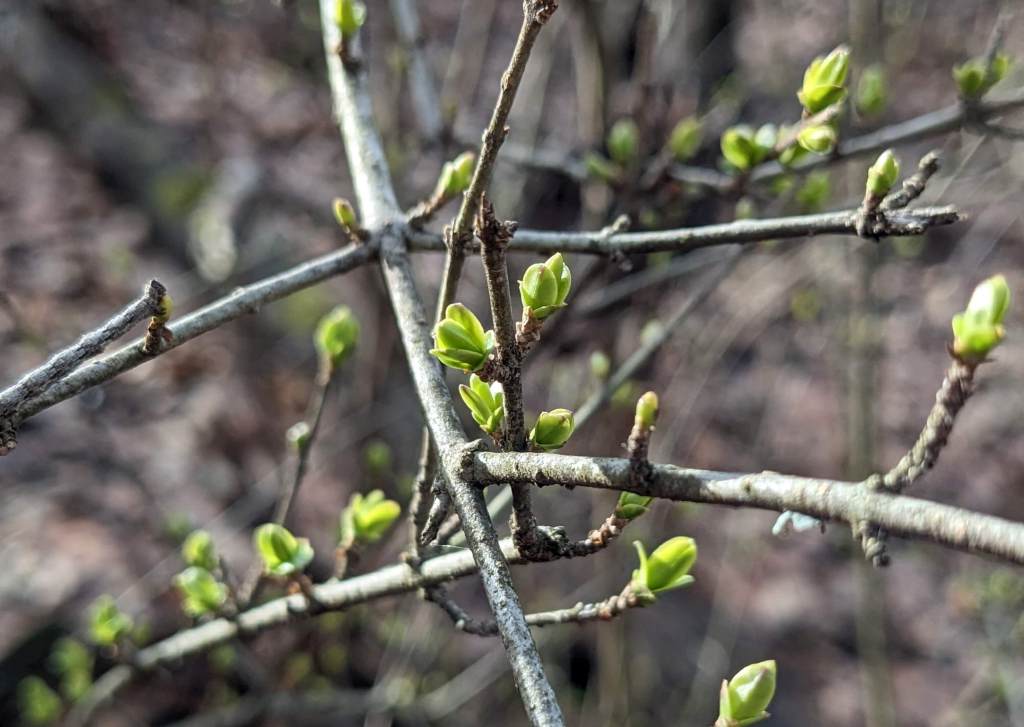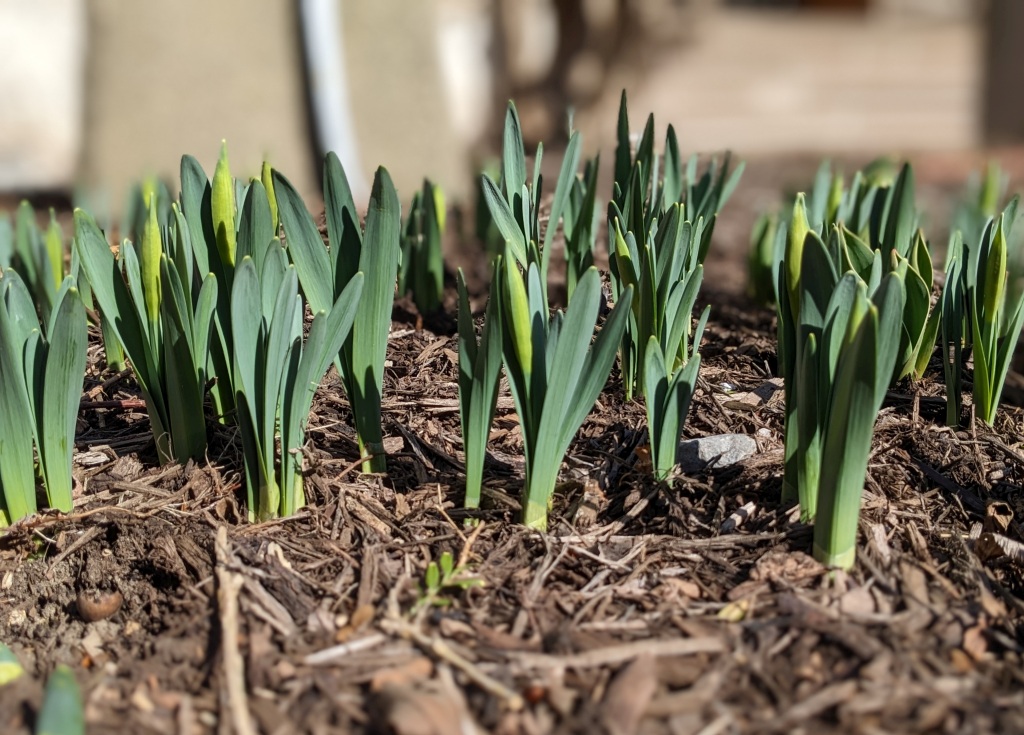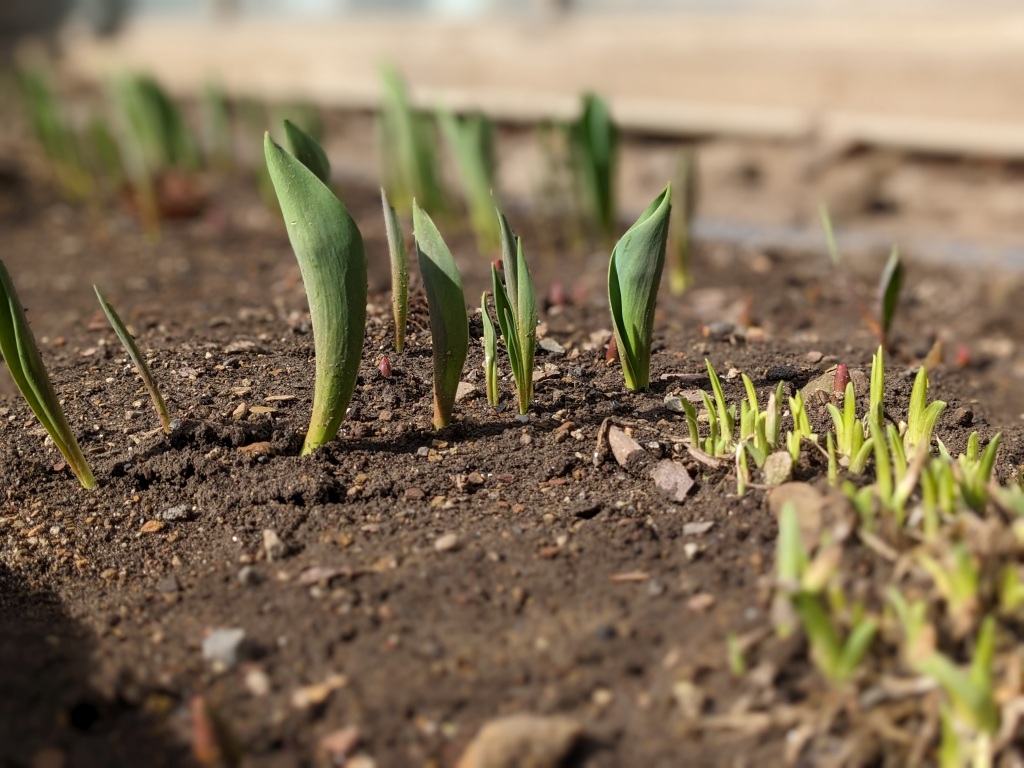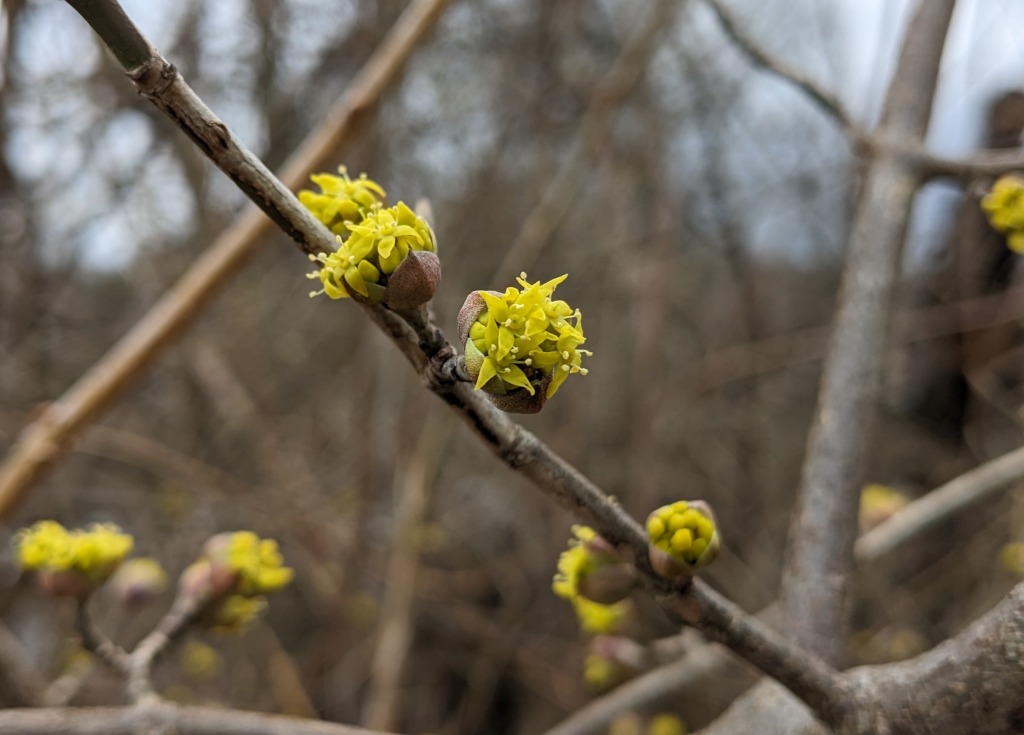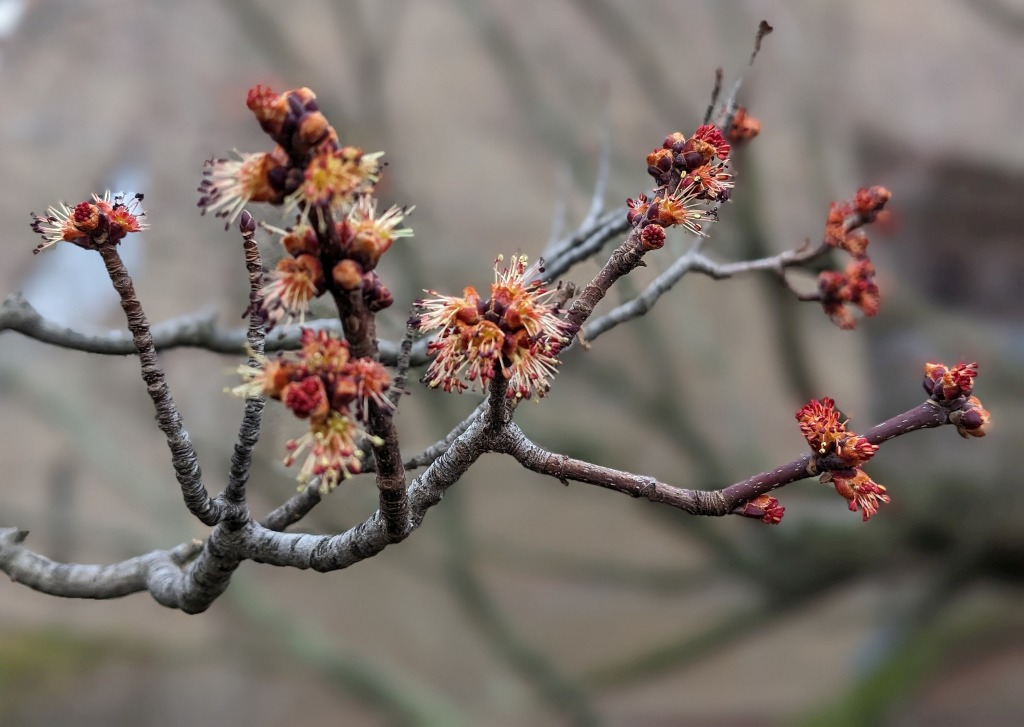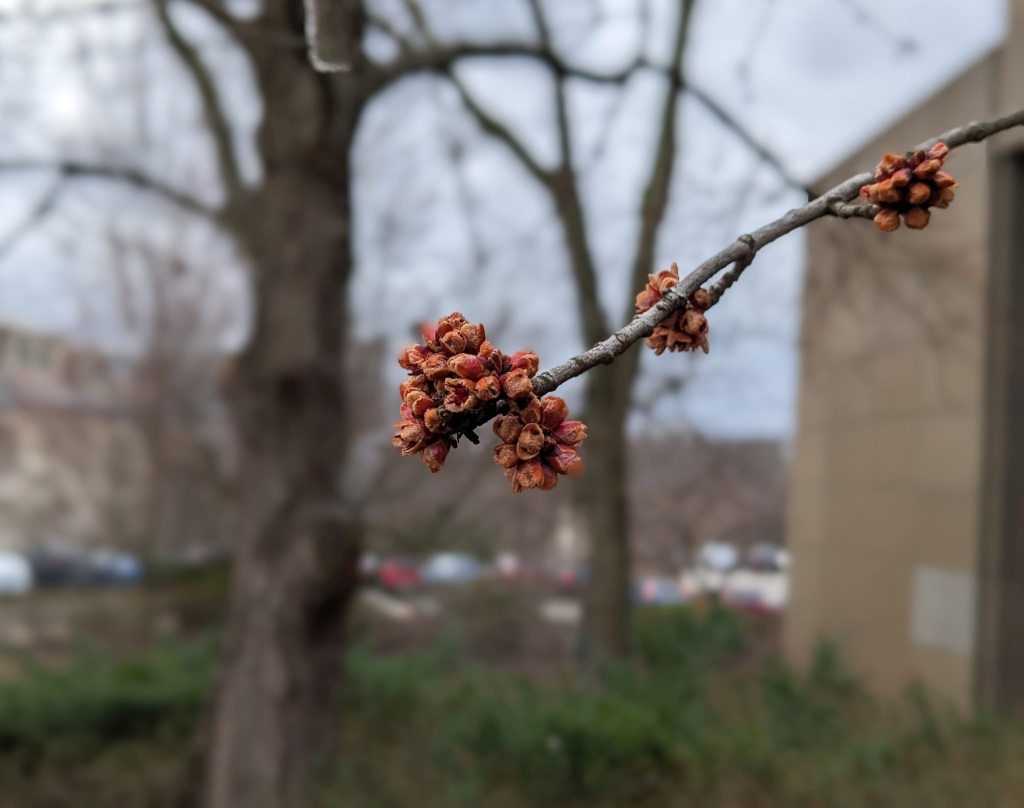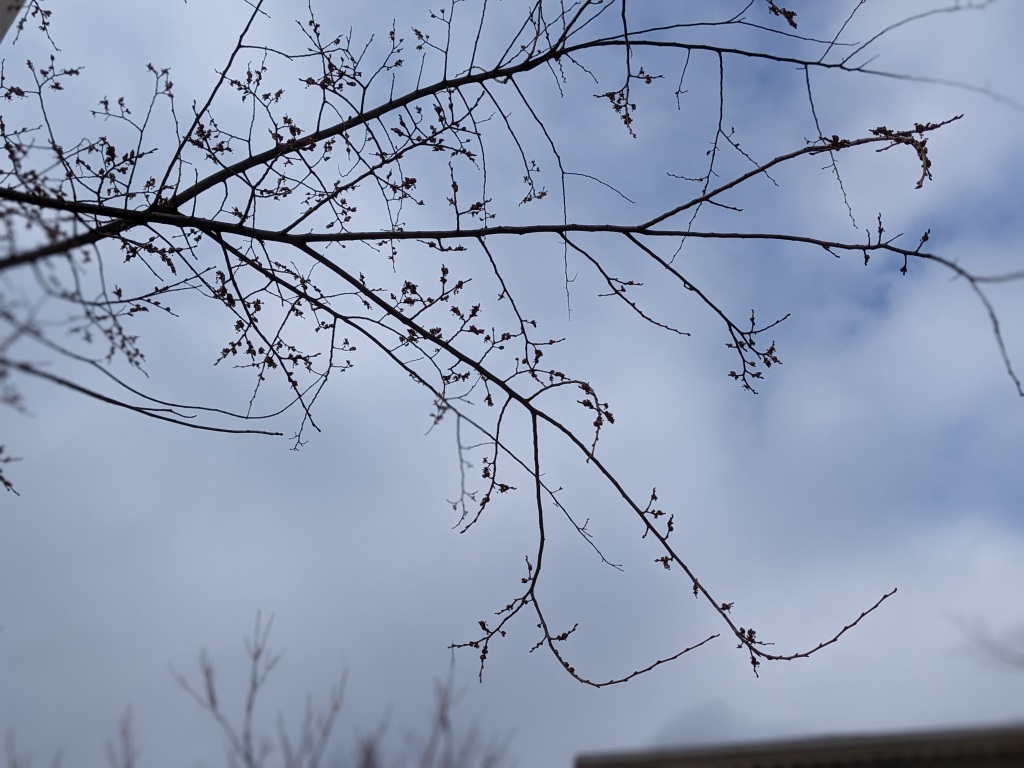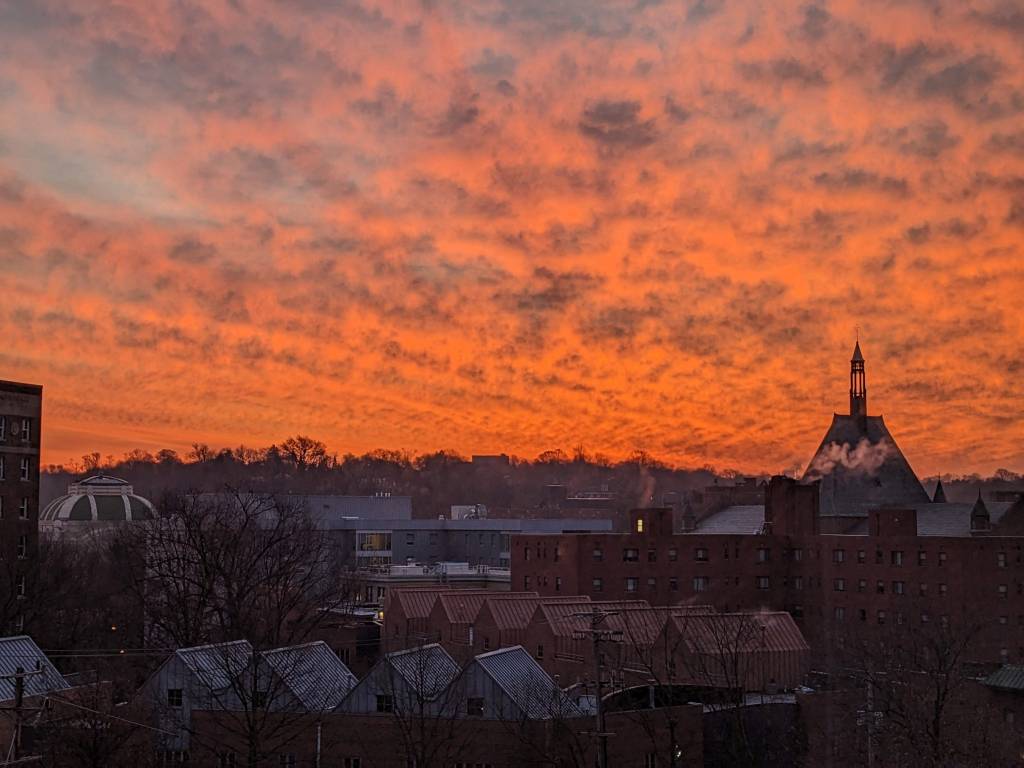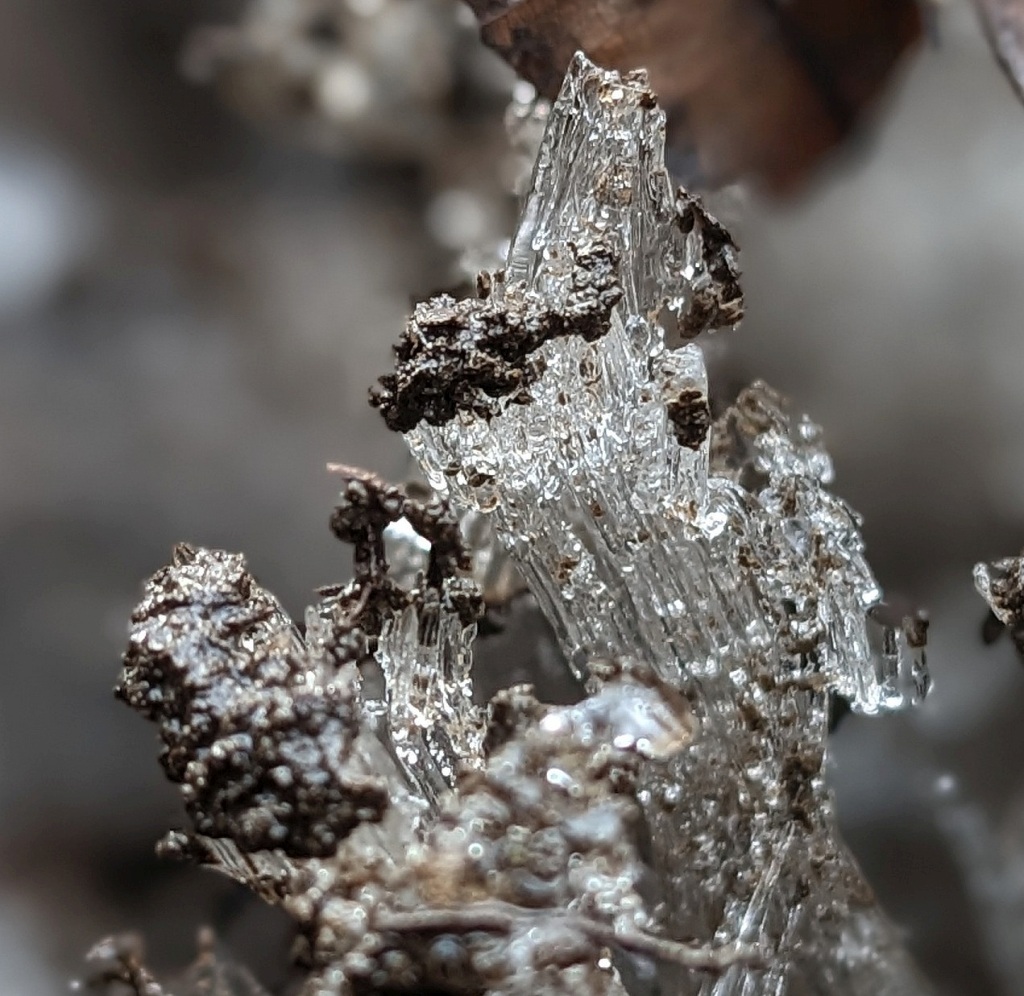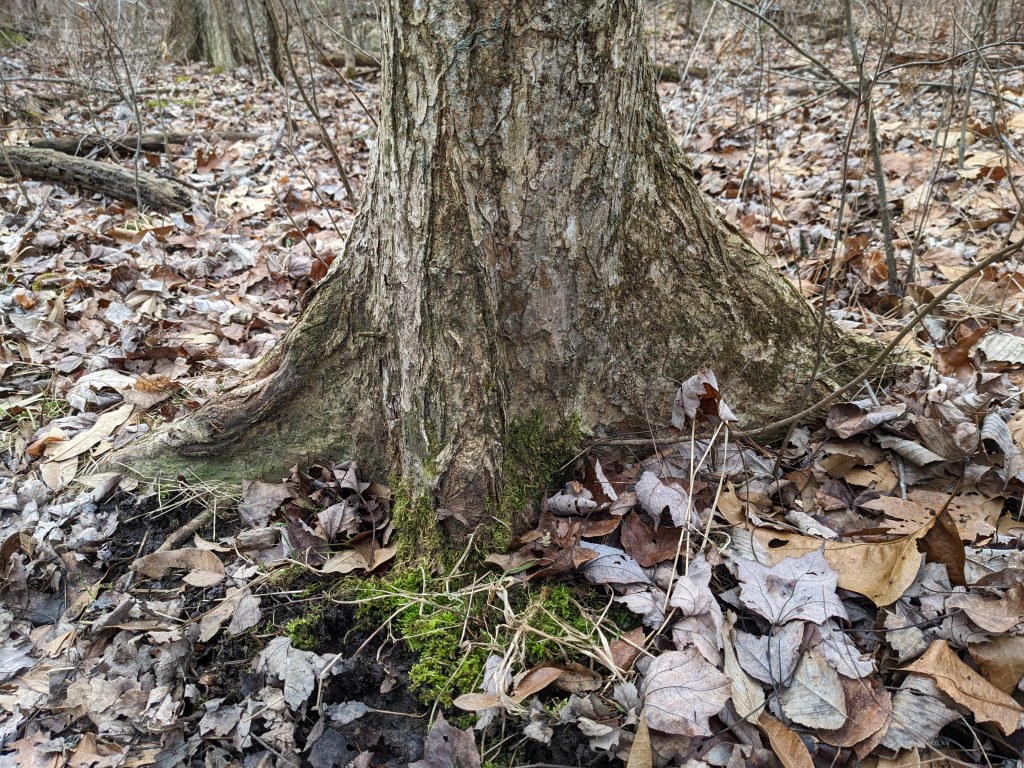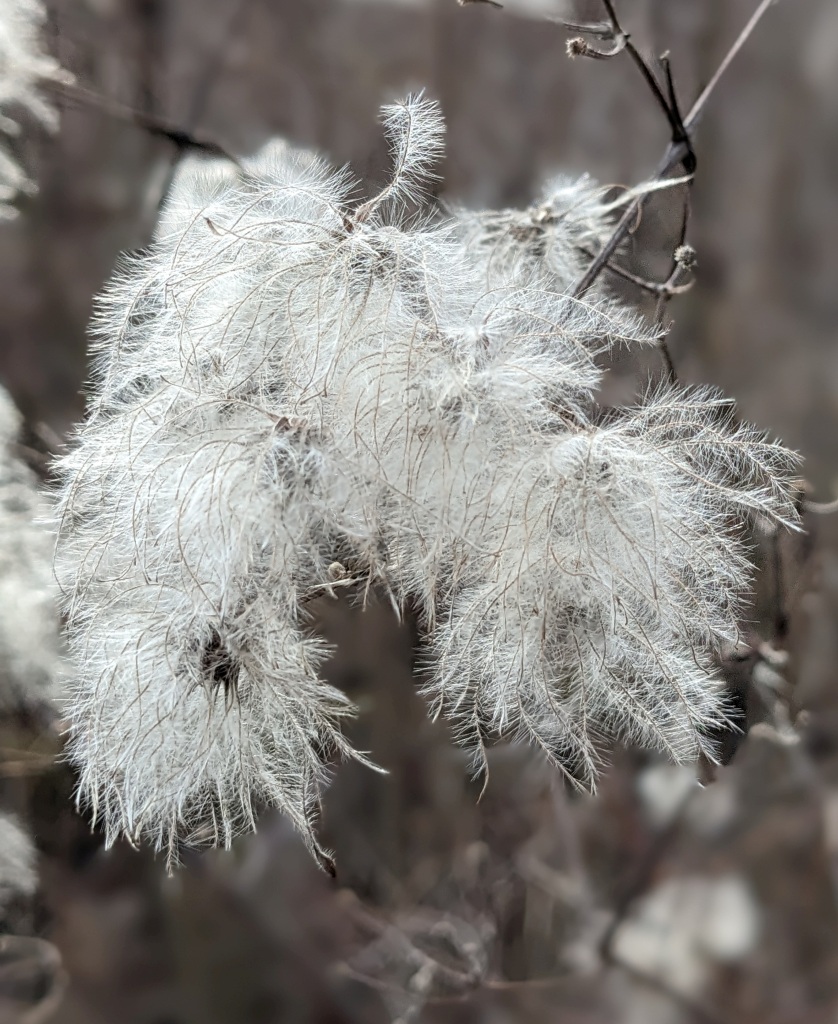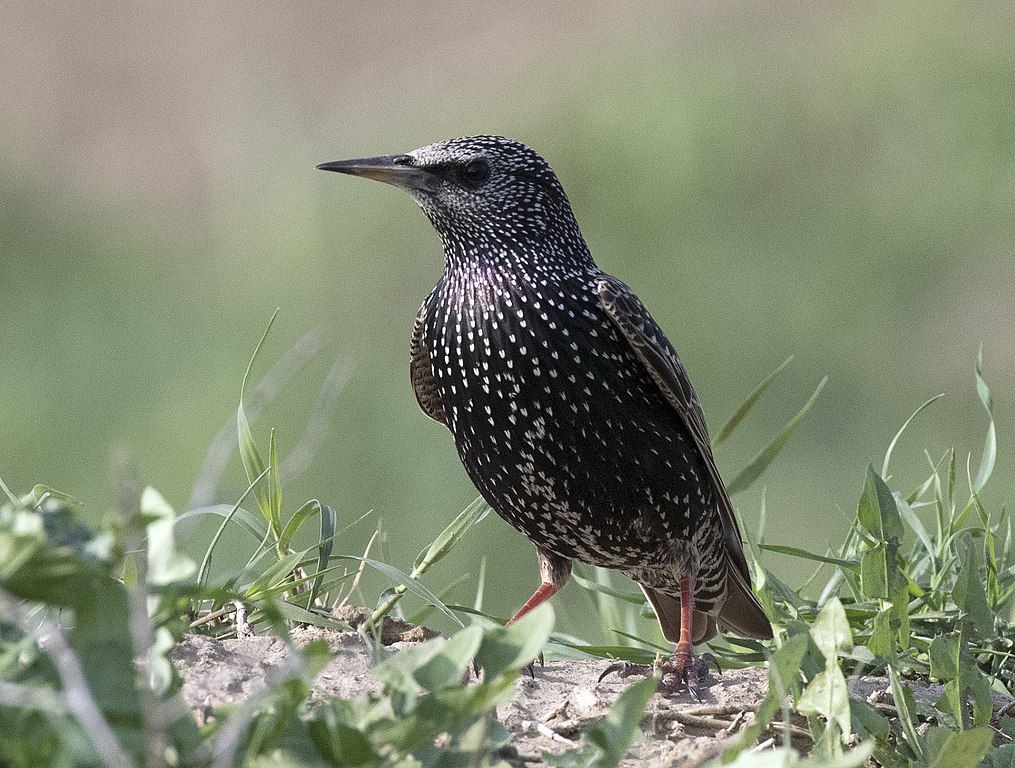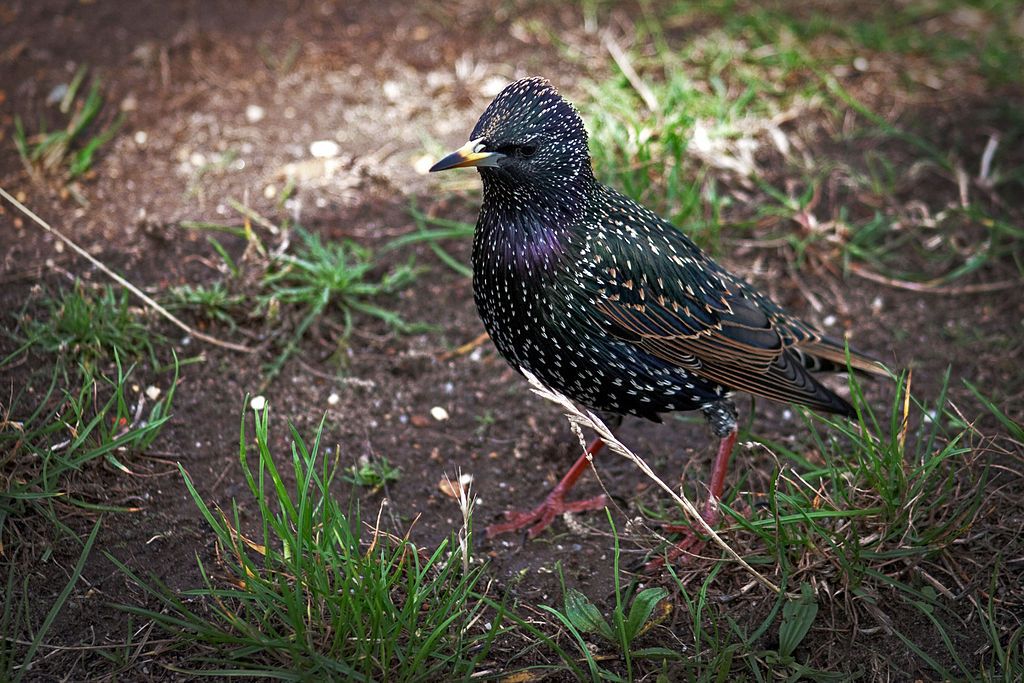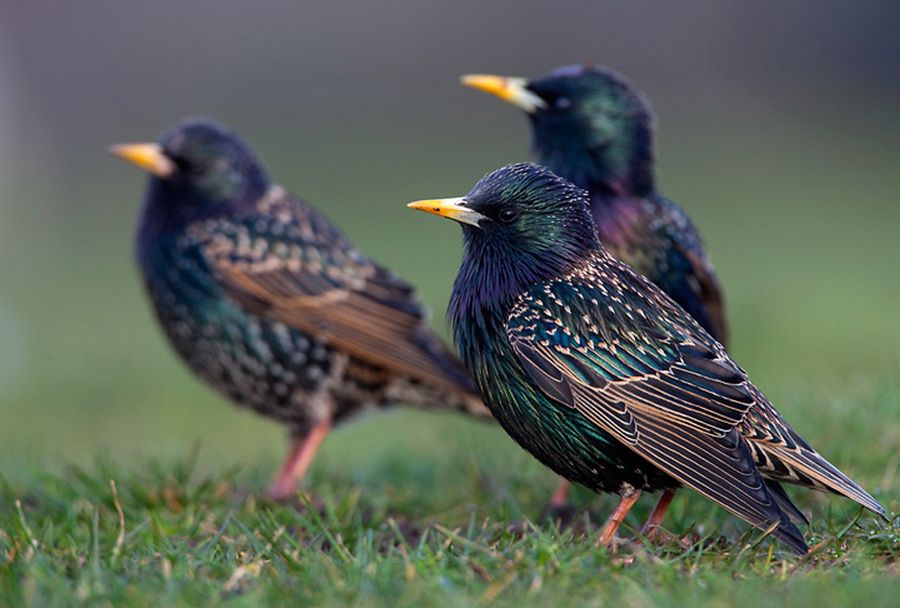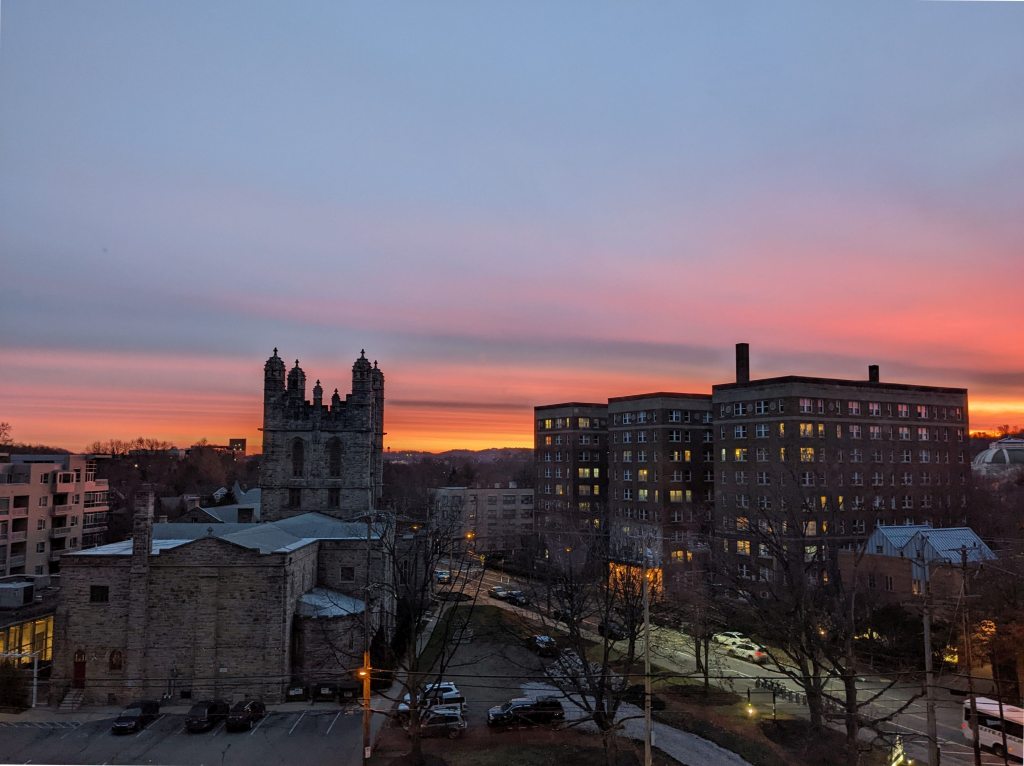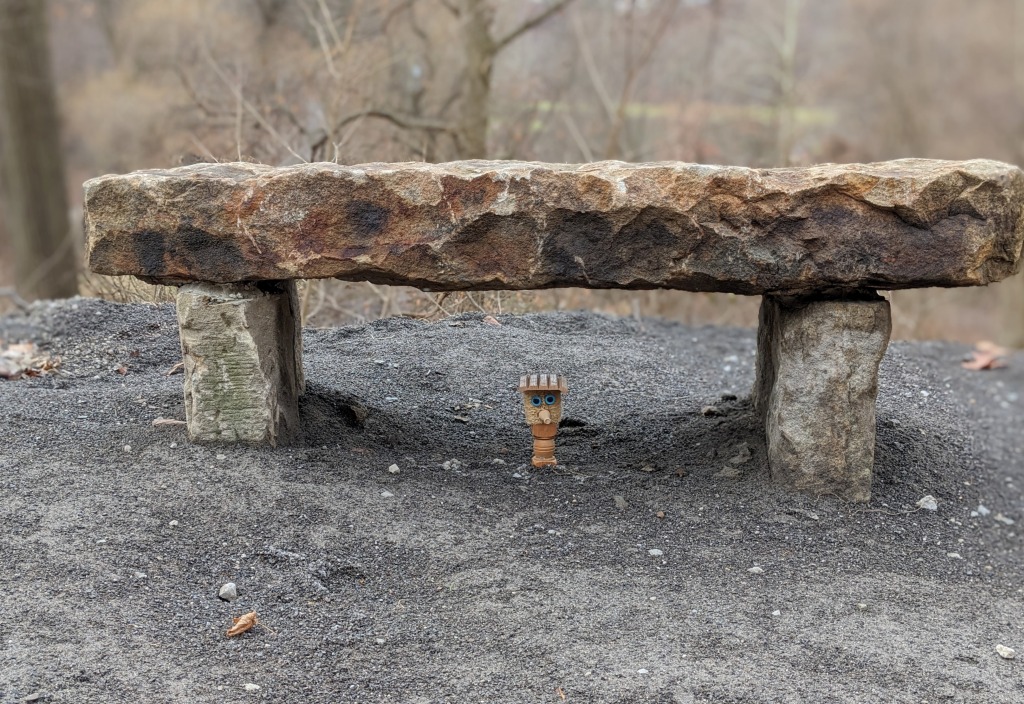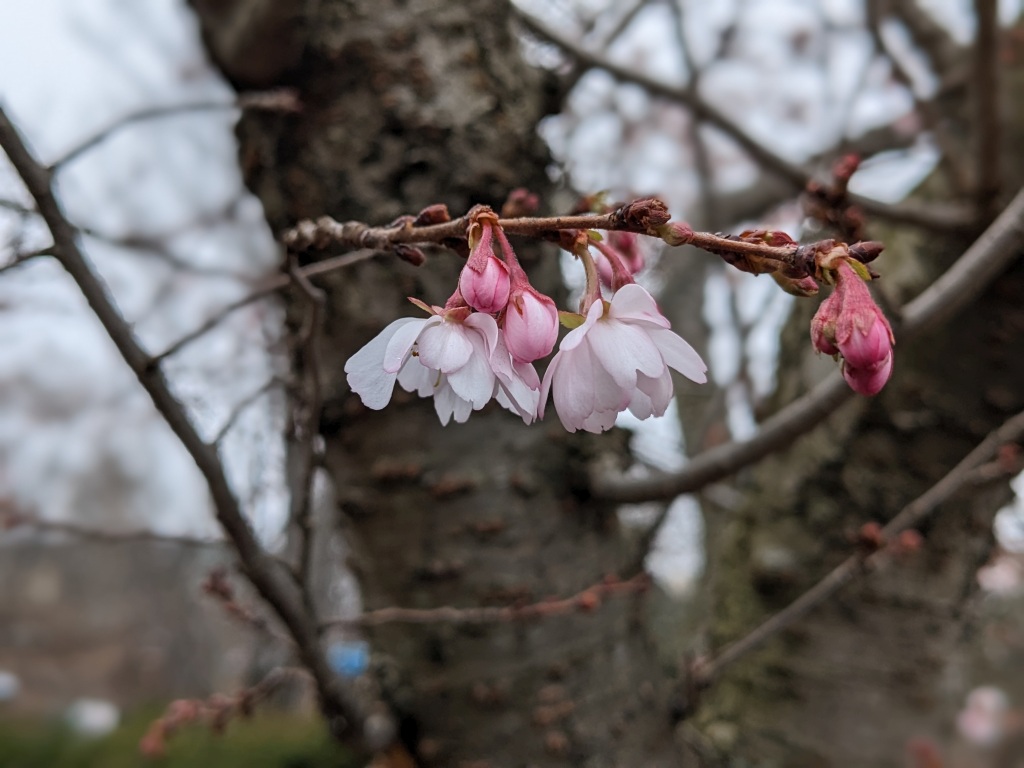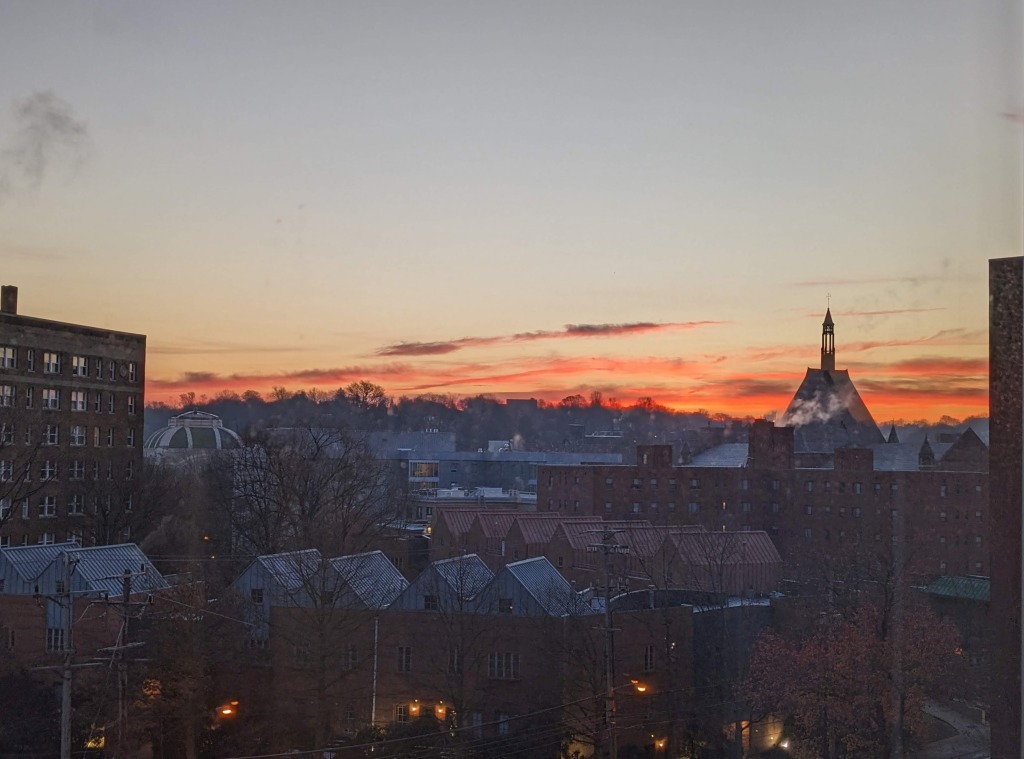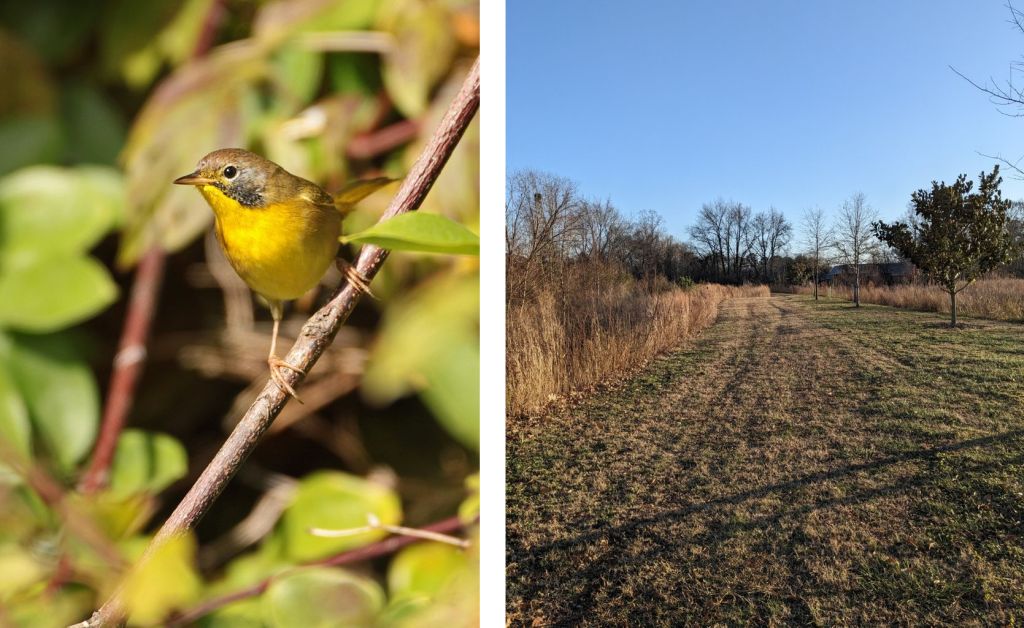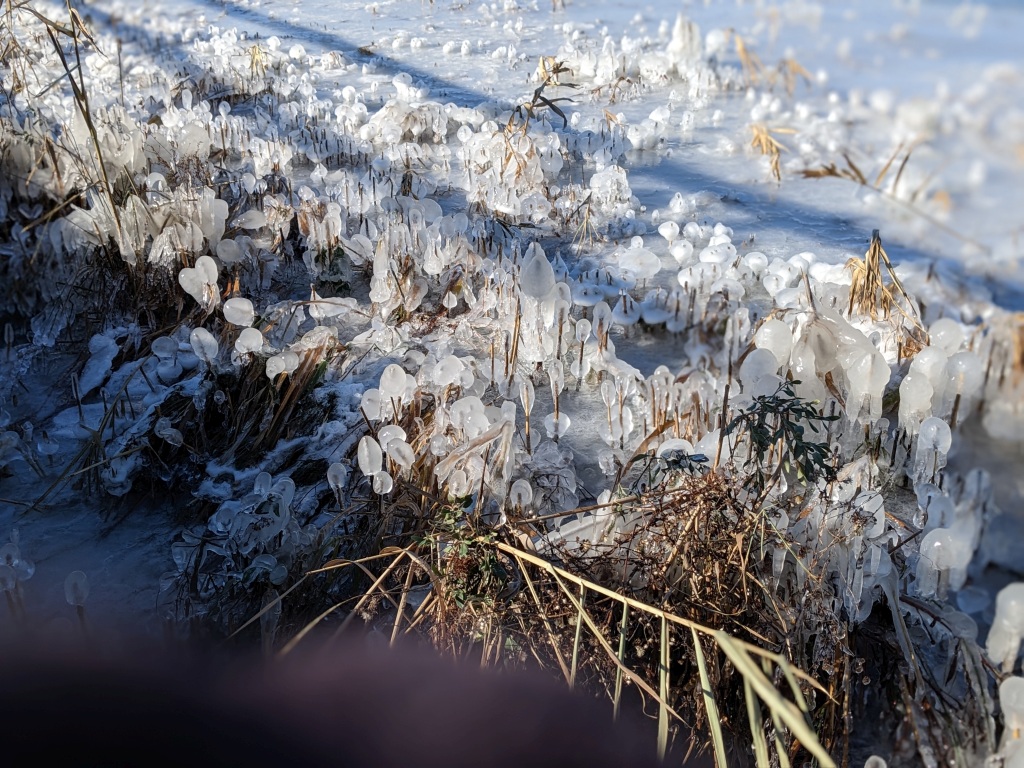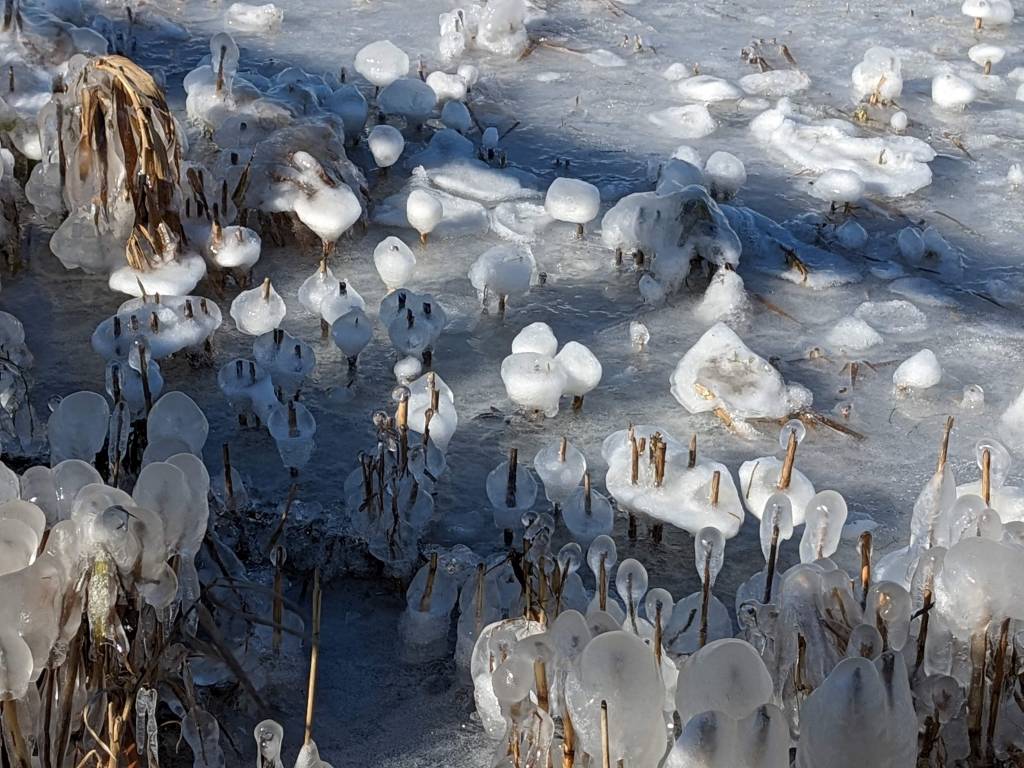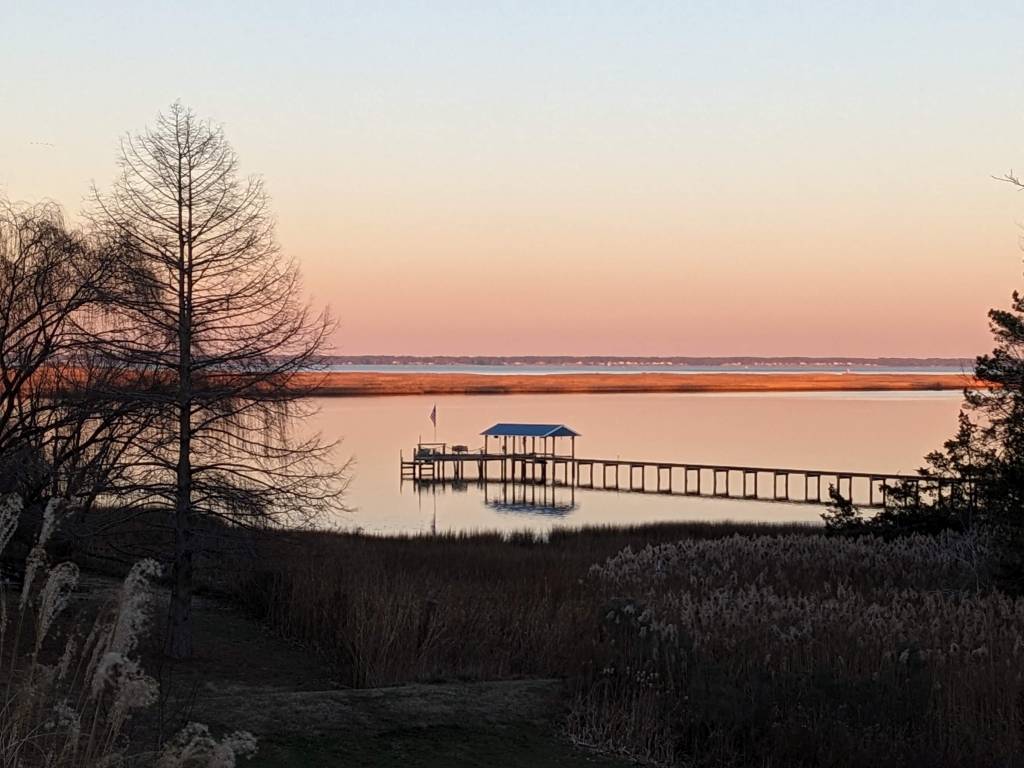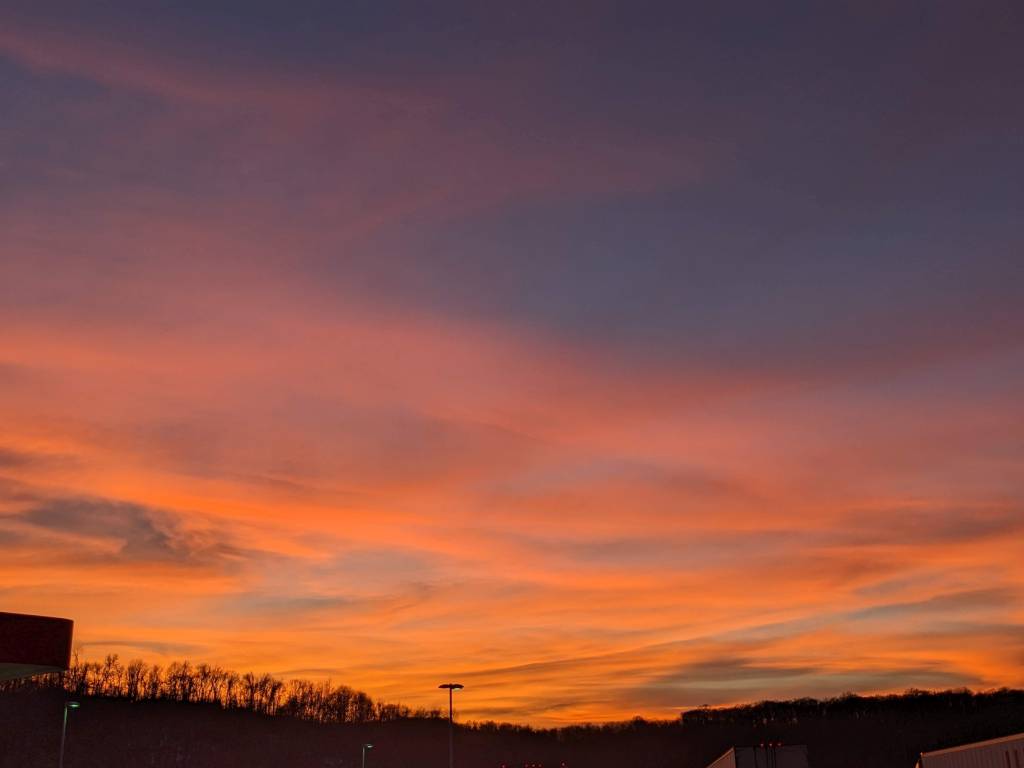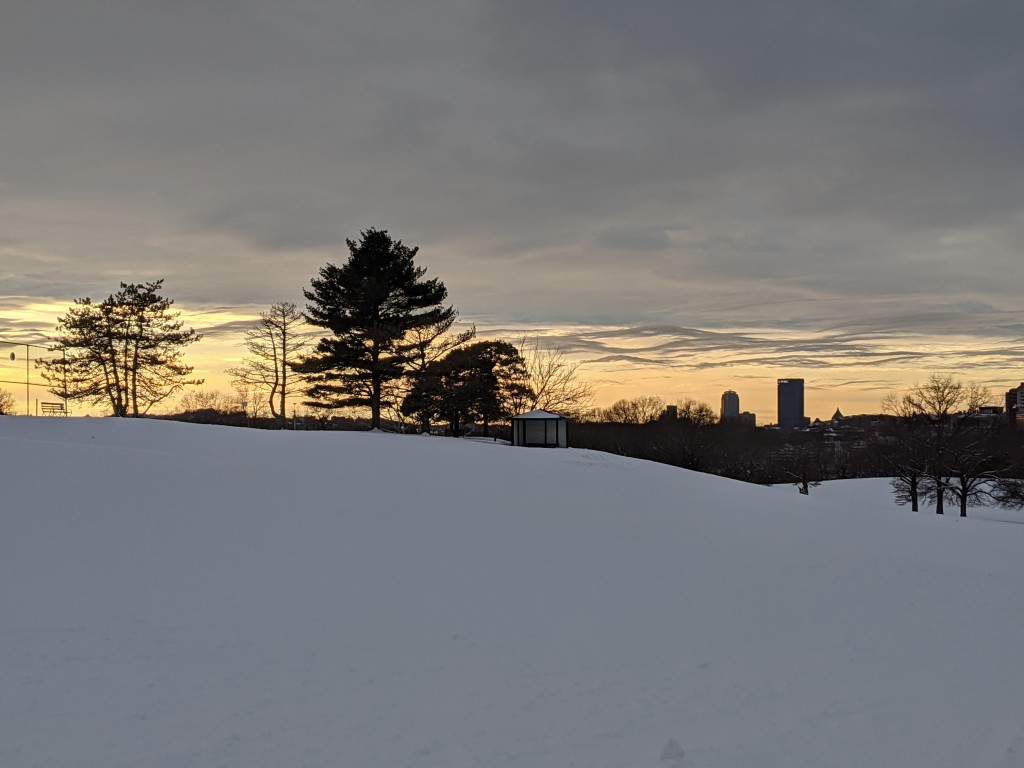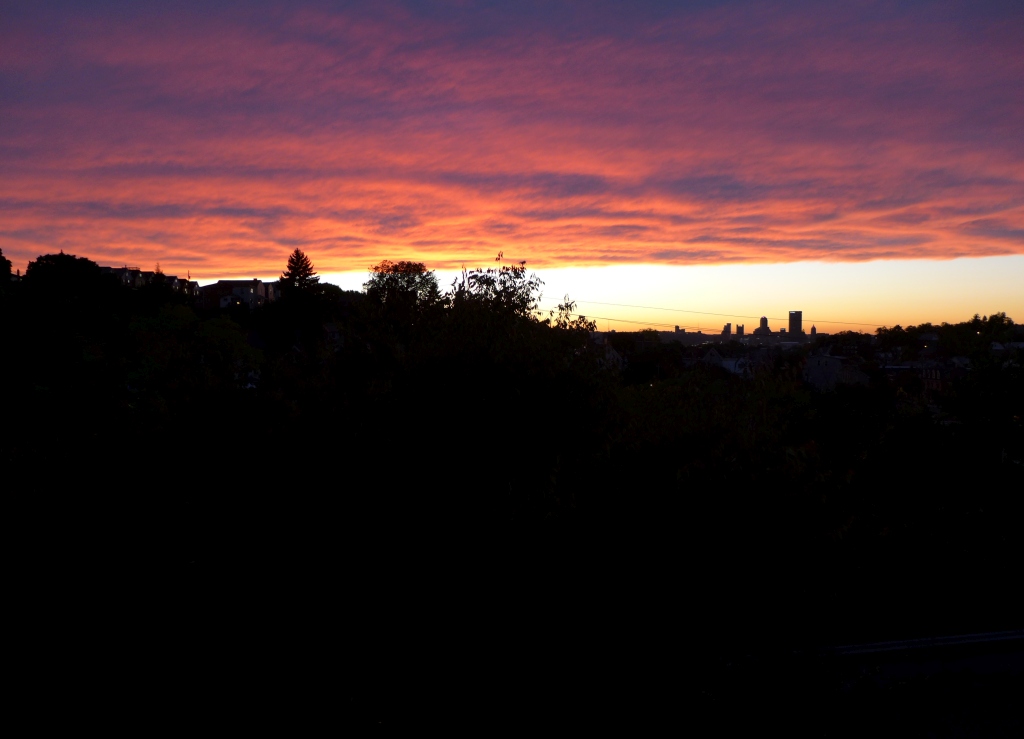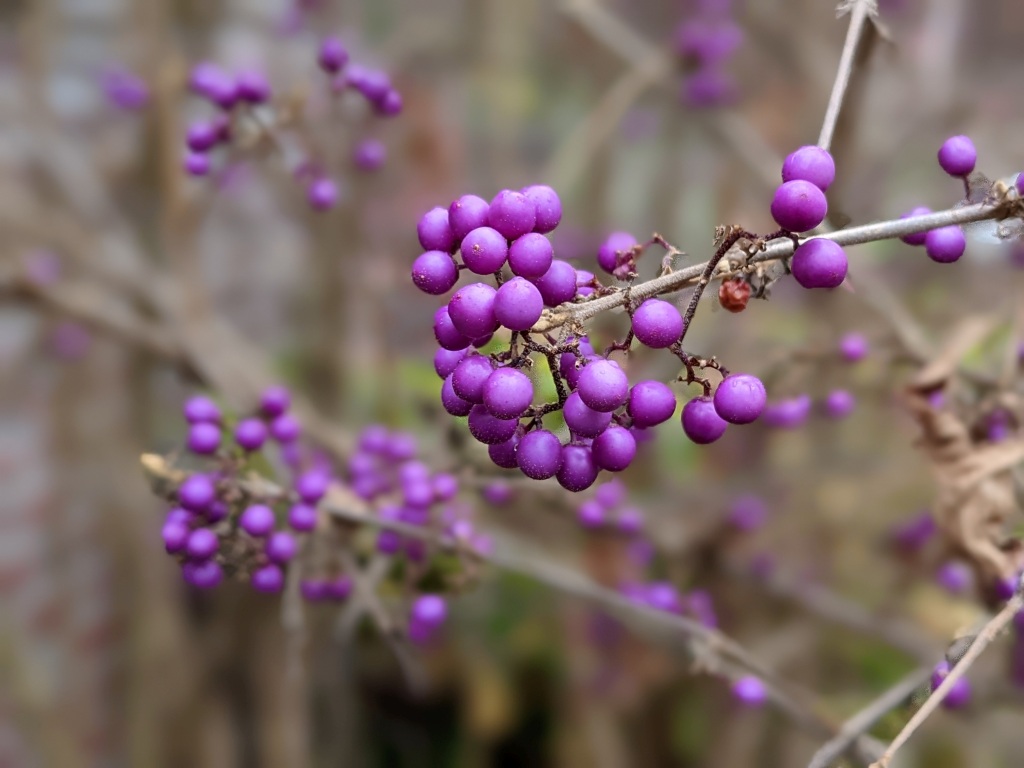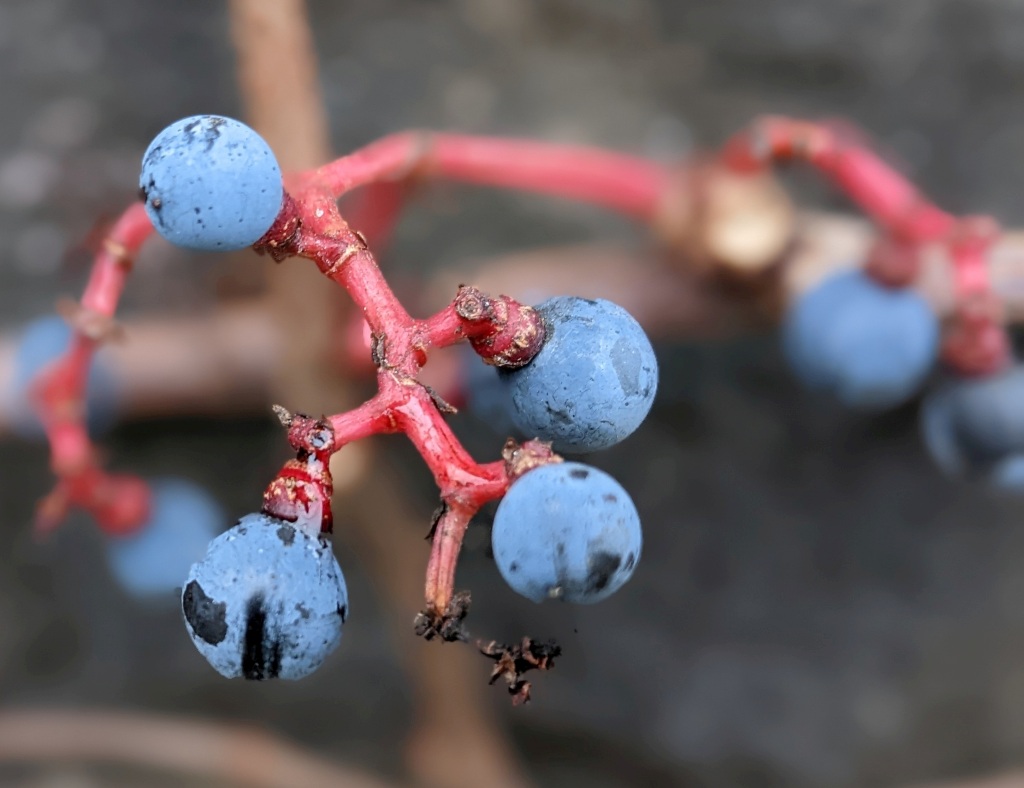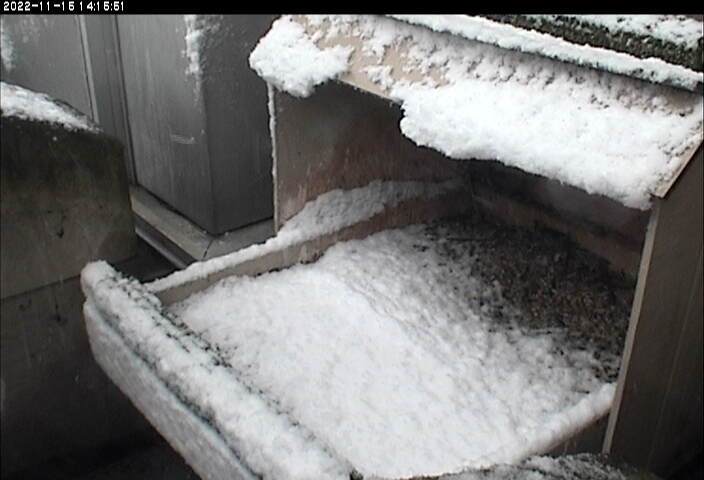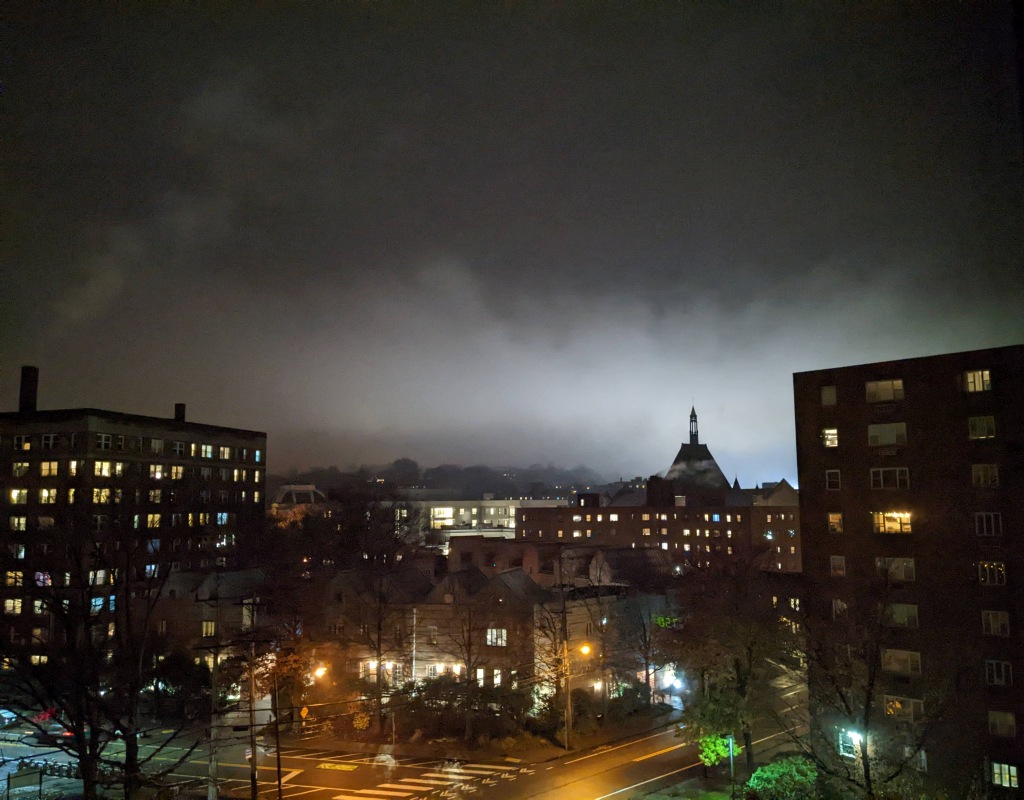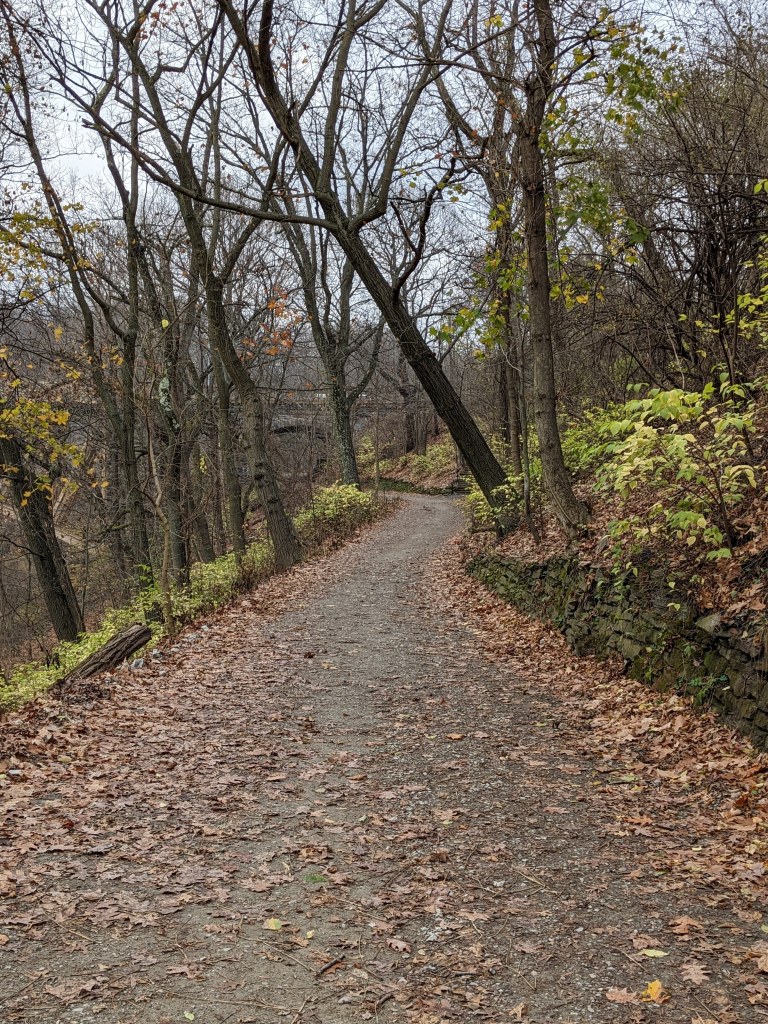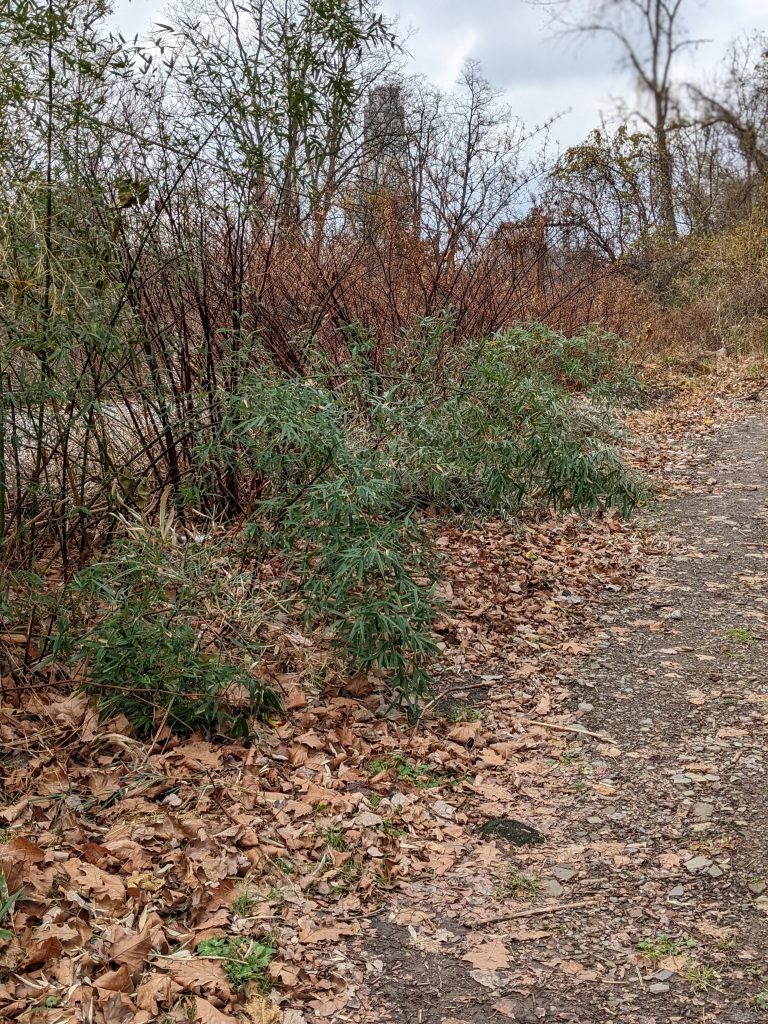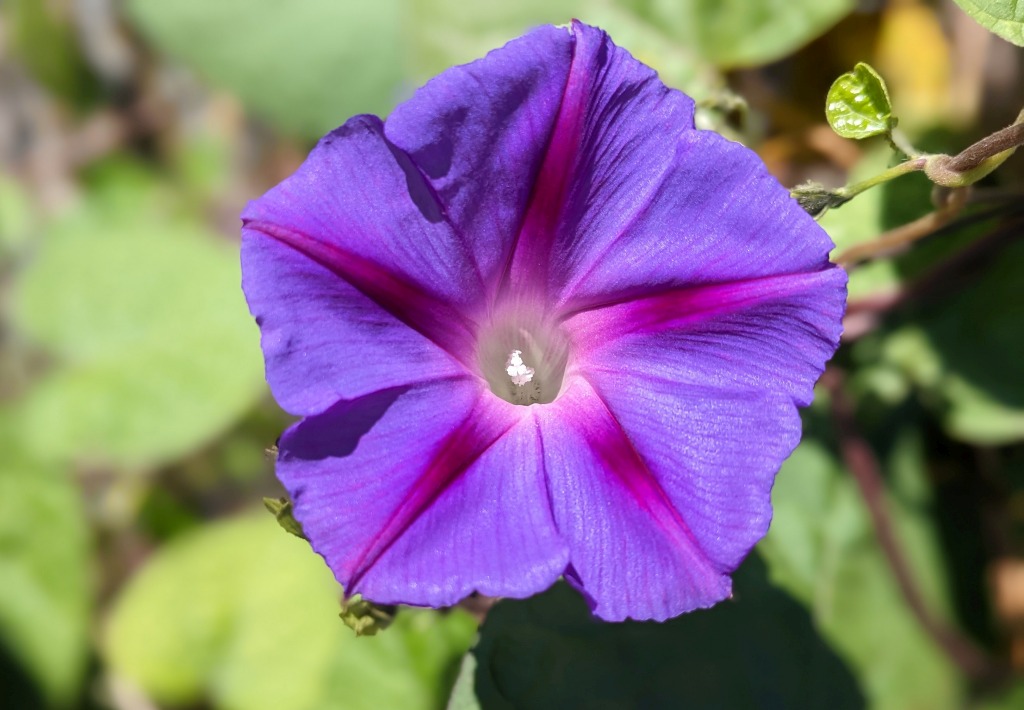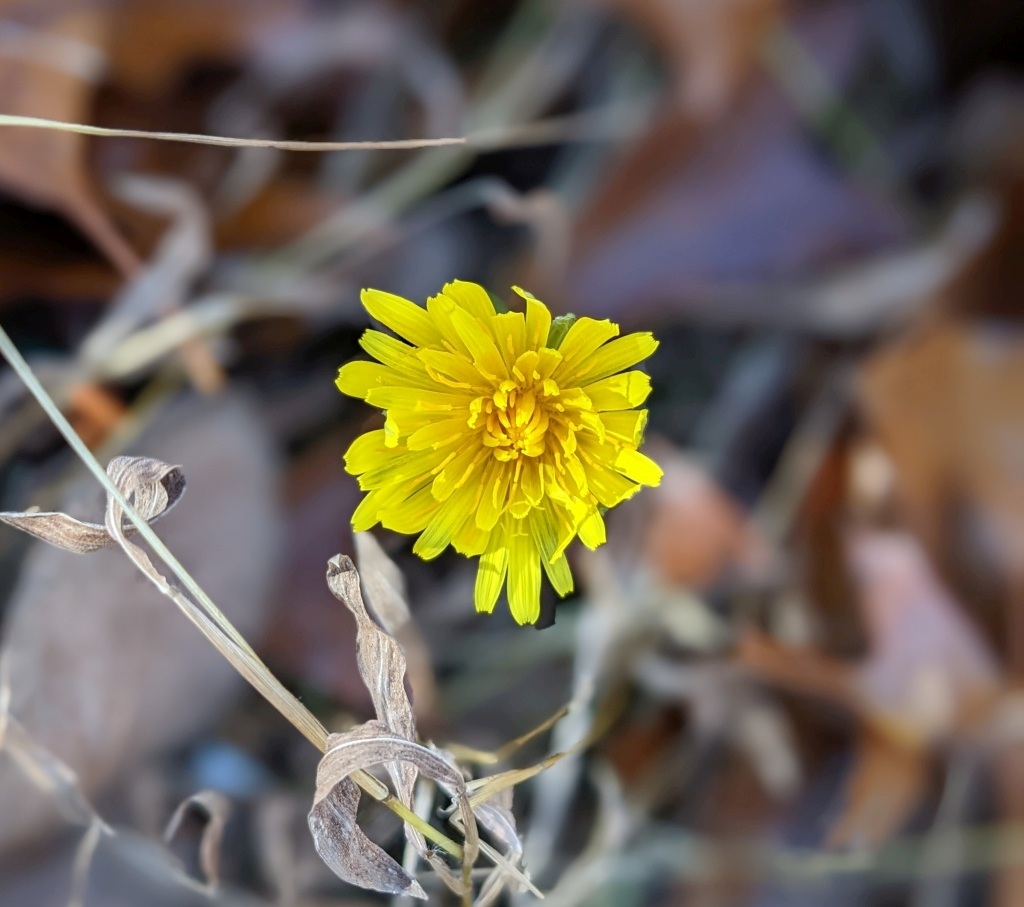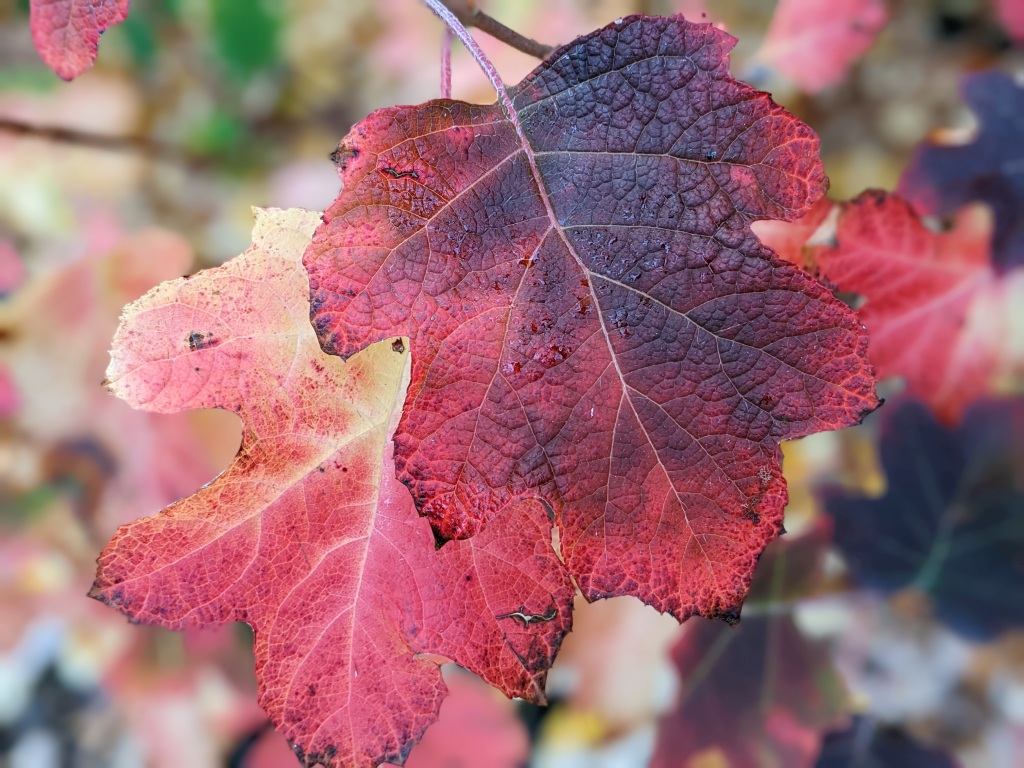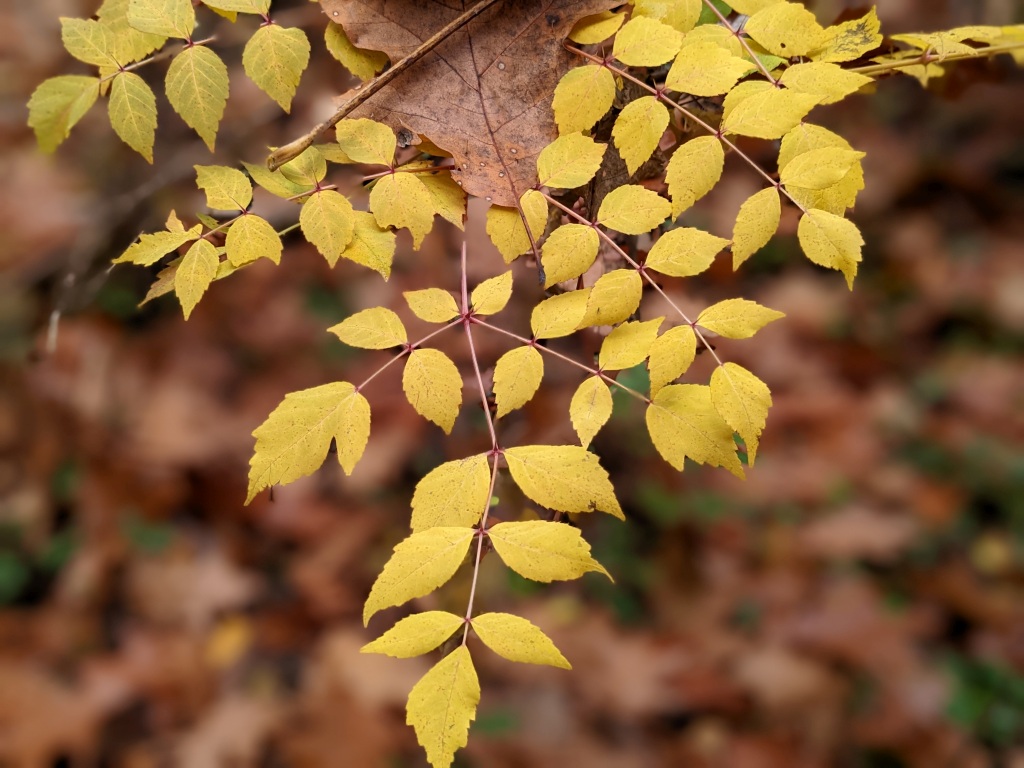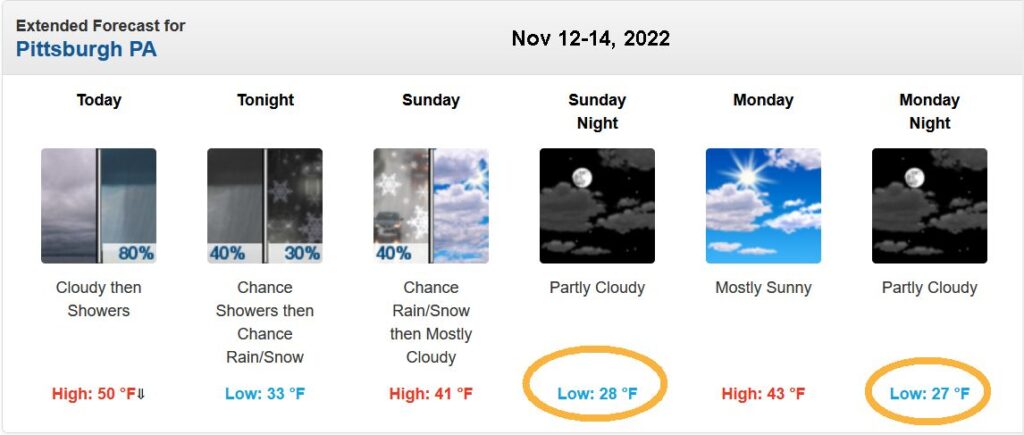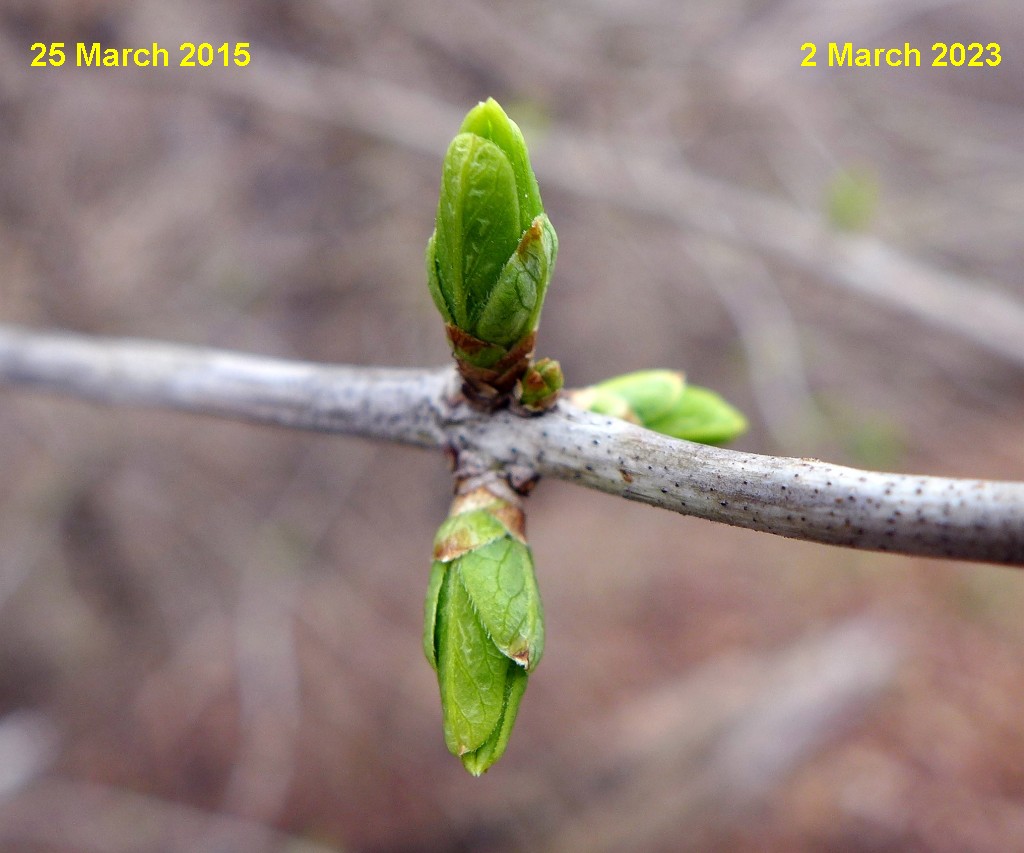
6 March 2023
This winter has been so warm in Pittsburgh that flowers bloomed and plants leafed out in February. Spring is early, but how early?
Some years I photograph bush honeysuckle’s early leaves and I can tell you that leaf out this spring is 23 days earlier than in 2015. But that’s only one year.
The USA National Phenology Network (USAnpn.org) tracks the progress of Spring using two indicators, bush honeysuckle and lilac leaf out and blooming times, and then compares them to the average in 1991-2020. The Spring Leaf Index Anomaly map for 4 March 2023 shows that this spring is astonishingly early.
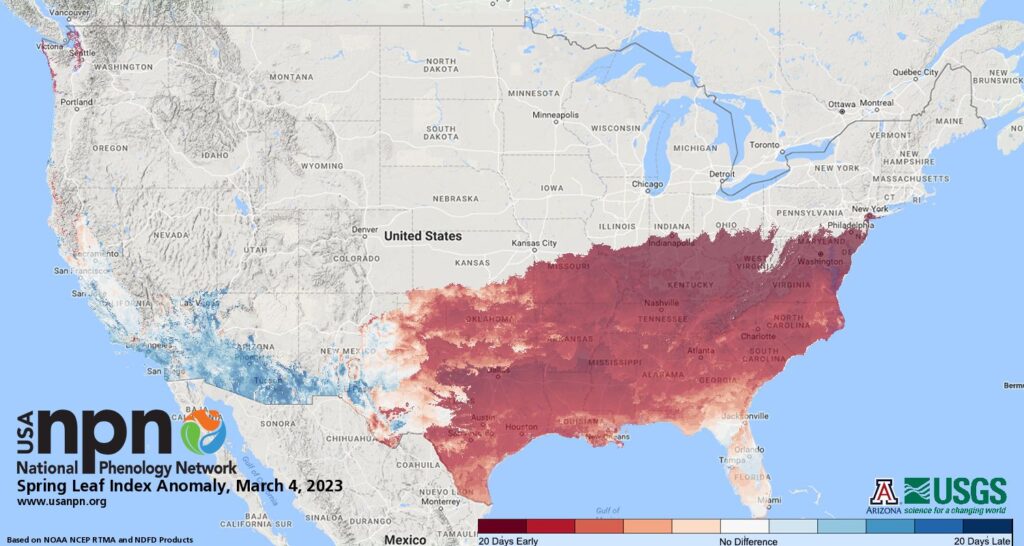
The darkest red indicates 20+ days ahead of schedule. USAnpn called out a few examples in their 27 February report:
[As of 27 February 2023] Oklahoma City, OK is 9 days early, St. Louis, MO is 16 days early, and New York City is 32 days early. Phoenix, AZ is a week late. Seattle, WA is a week early.
— USA National Phenology Network — Status of Spring, 27 Feb 2023
How often does this anomaly happen? The darkest green on the map below shows that this is the earliest spring ever recorded in New York City while purple indicates the latest spring ever seen in southeastern Arizona.
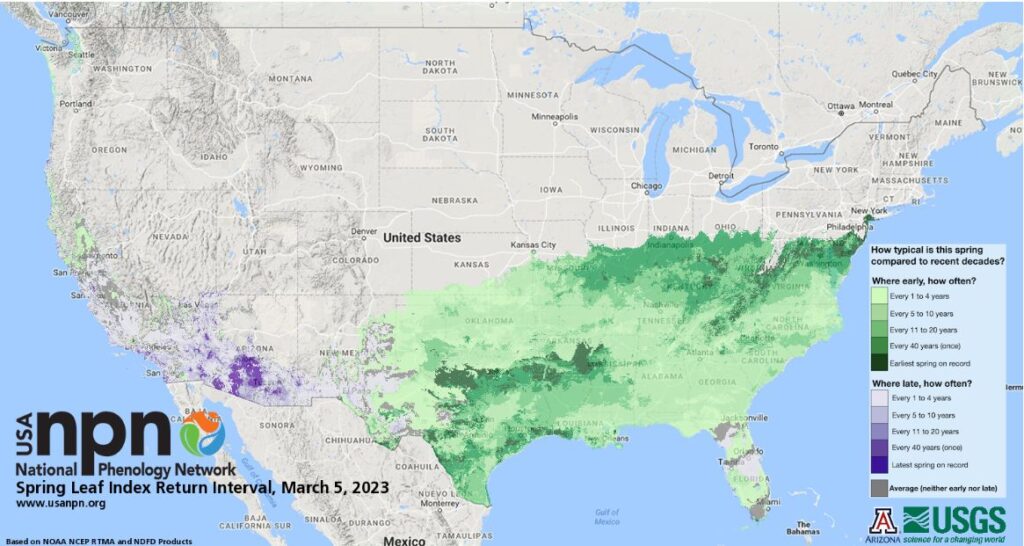
Arizona might be even later now. Here’s snow in Tucson last Thursday morning just after dawn.
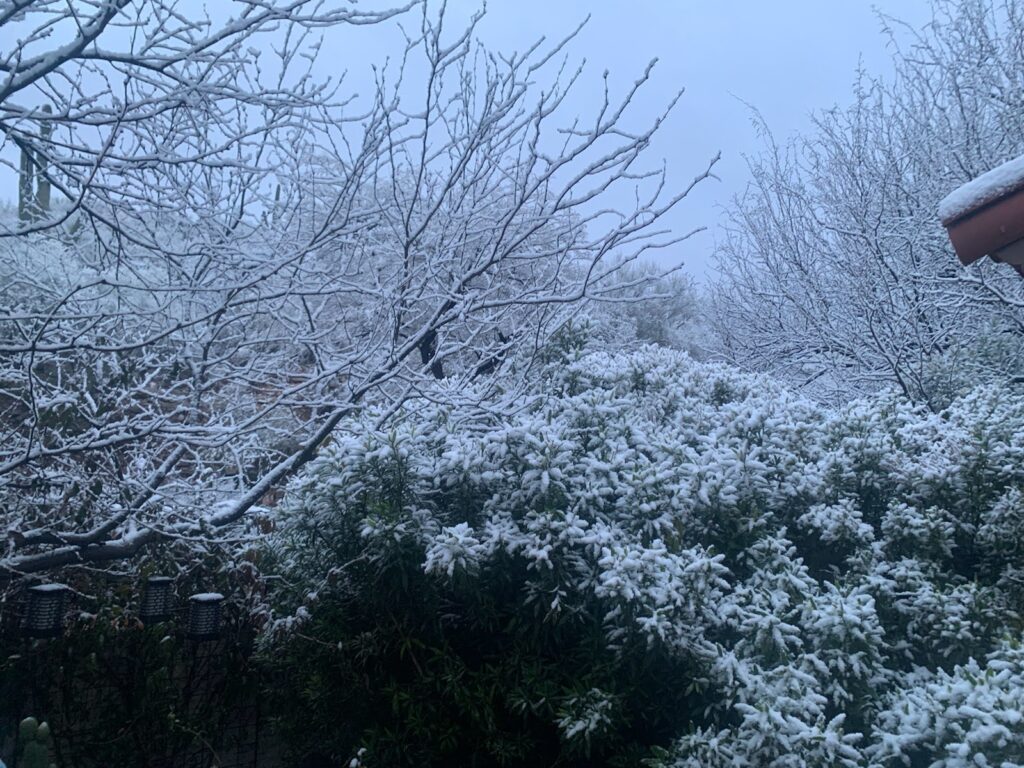
Click here to watch an animated map of spring’s advance through 4 March 2023.
(photos by Kate St. John and Ramona Sahni, maps from usanpn.org)
